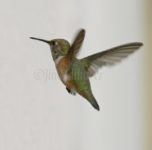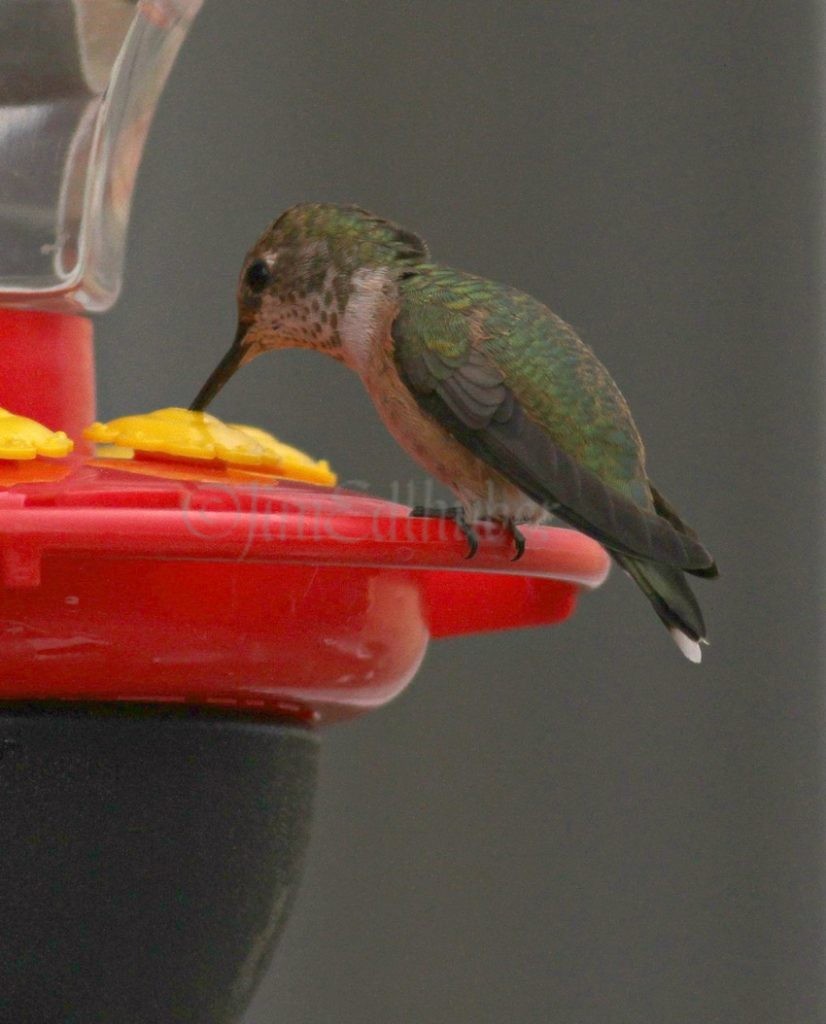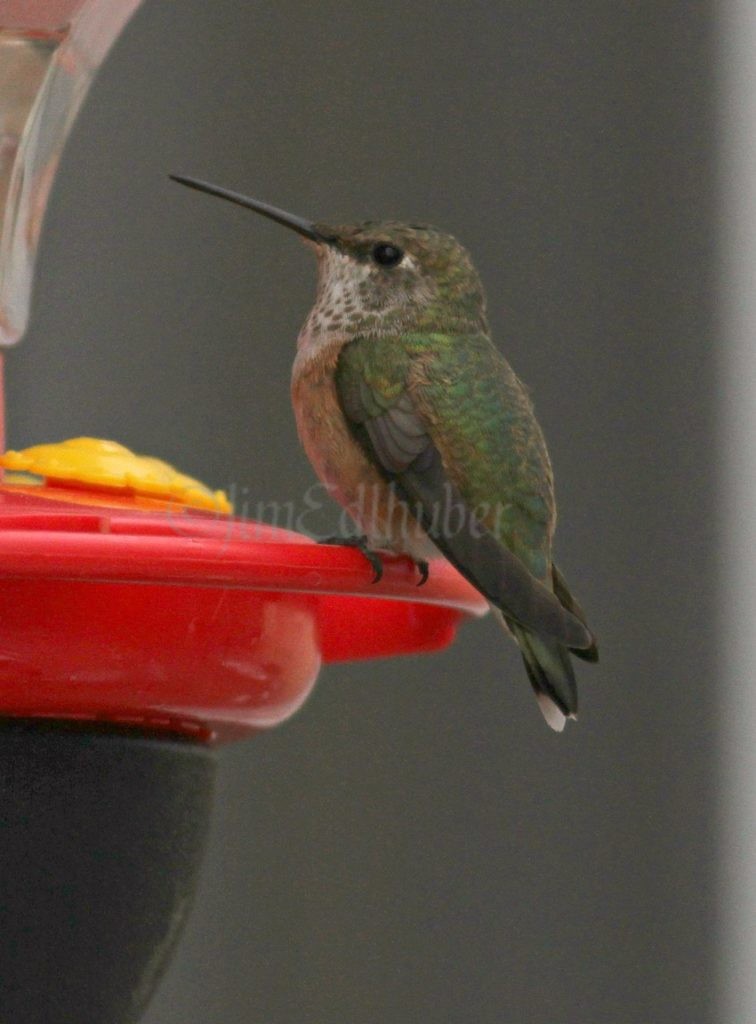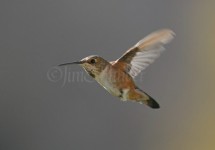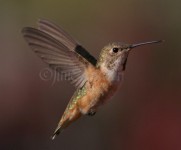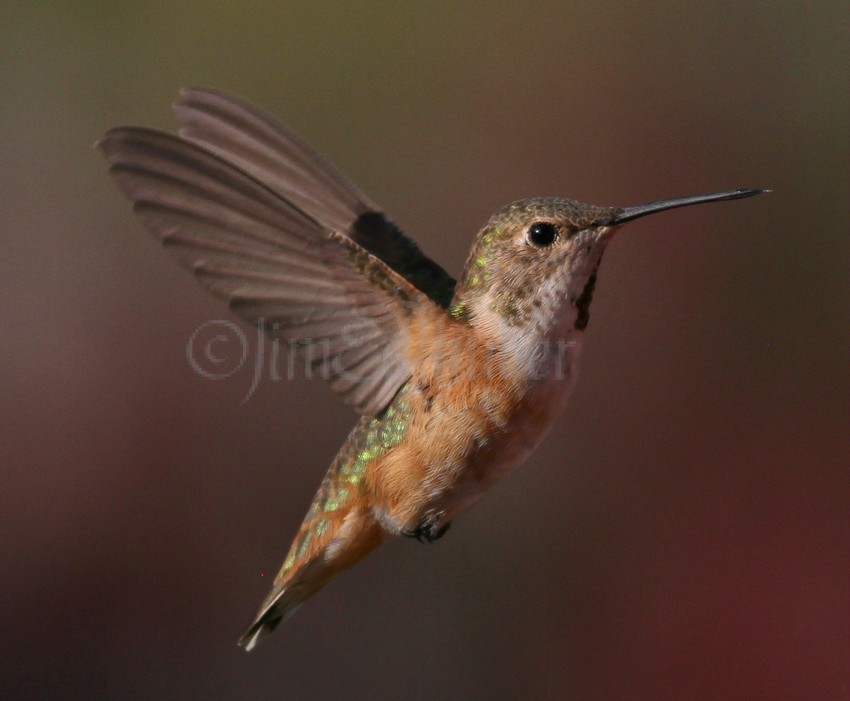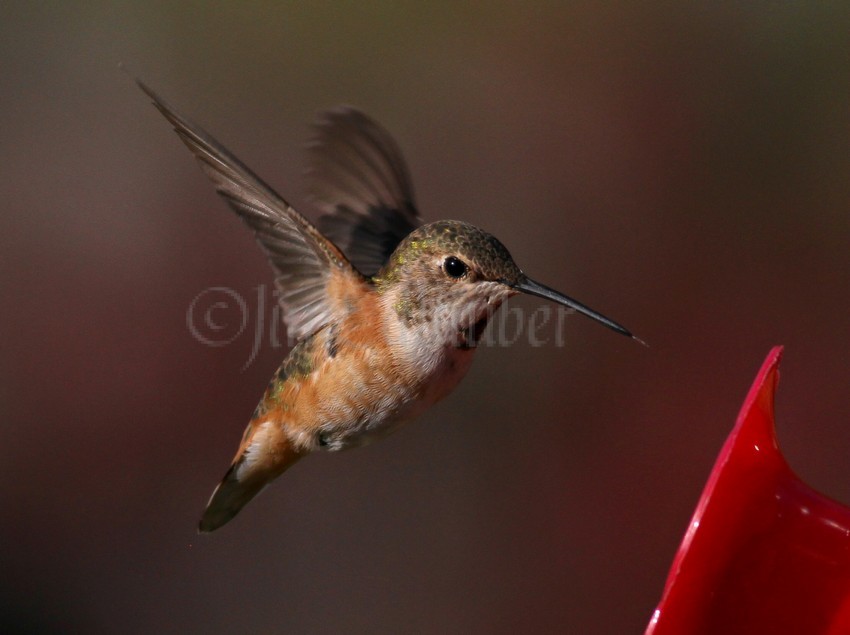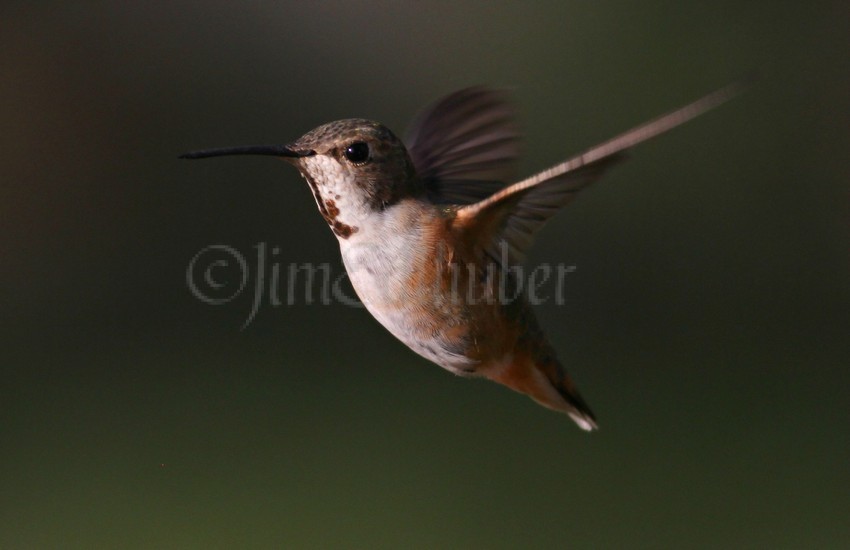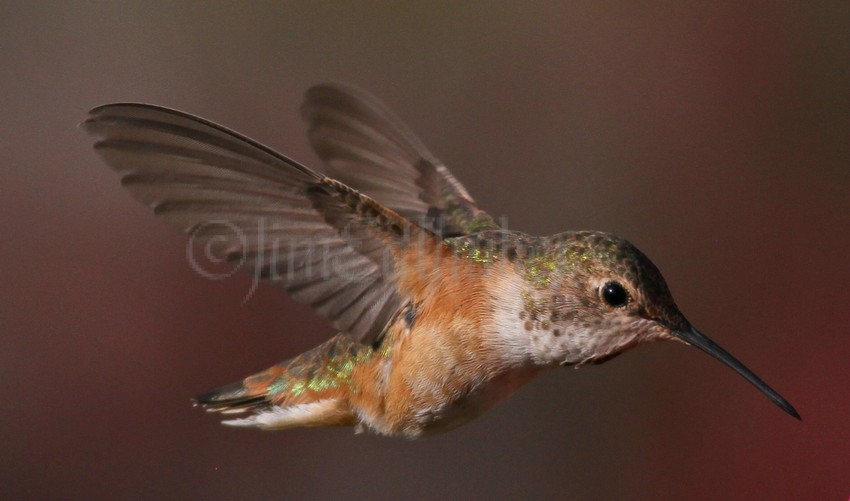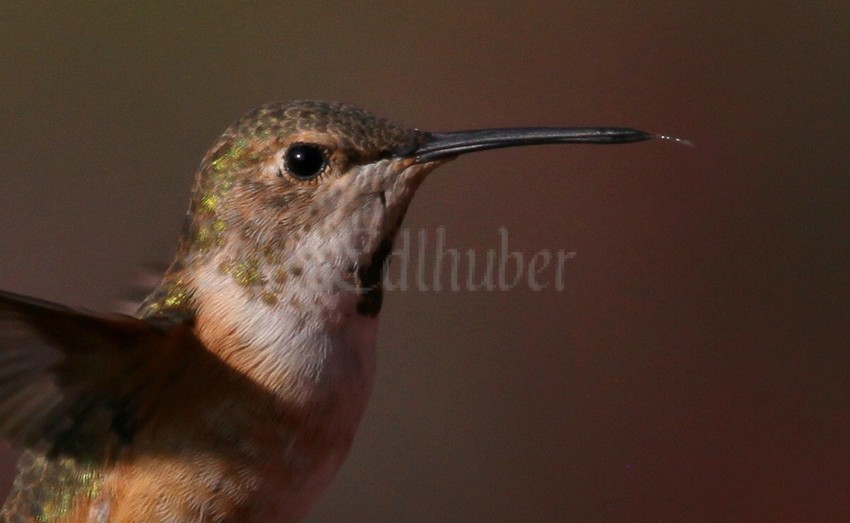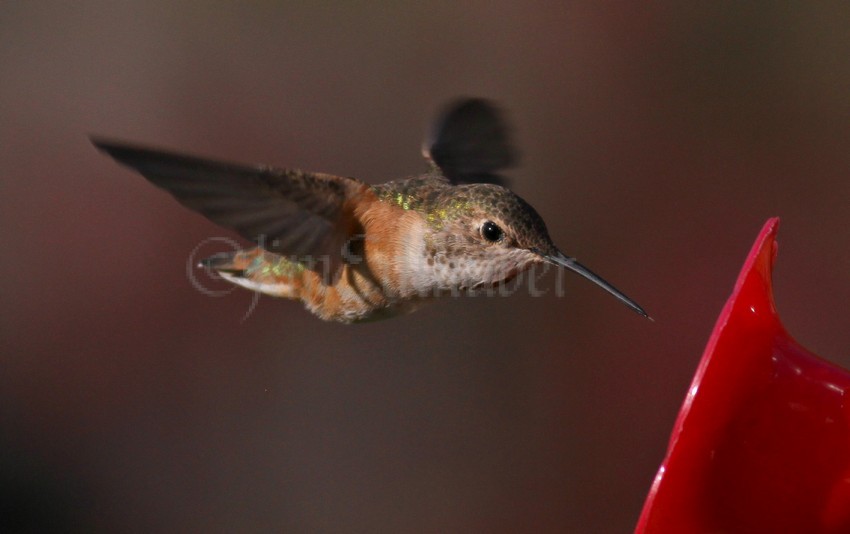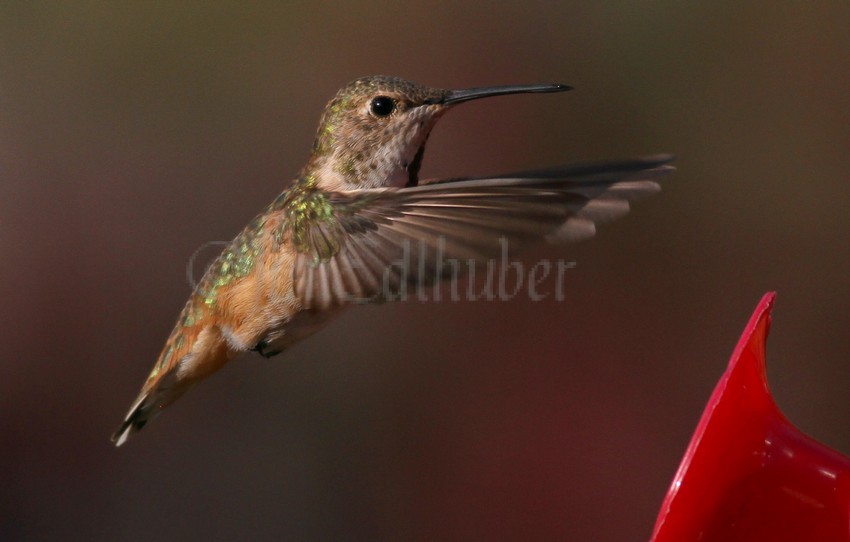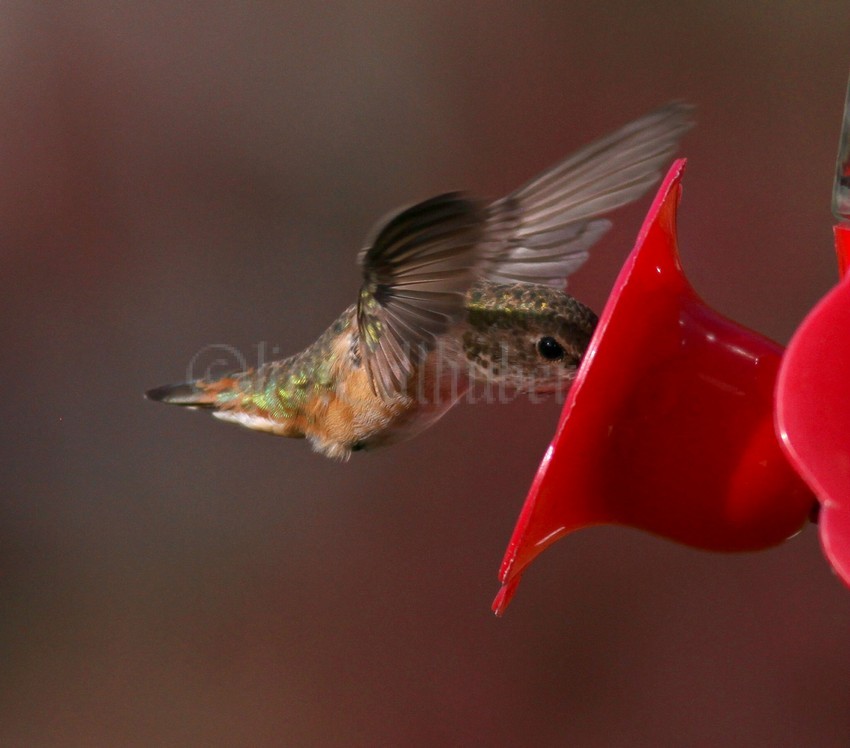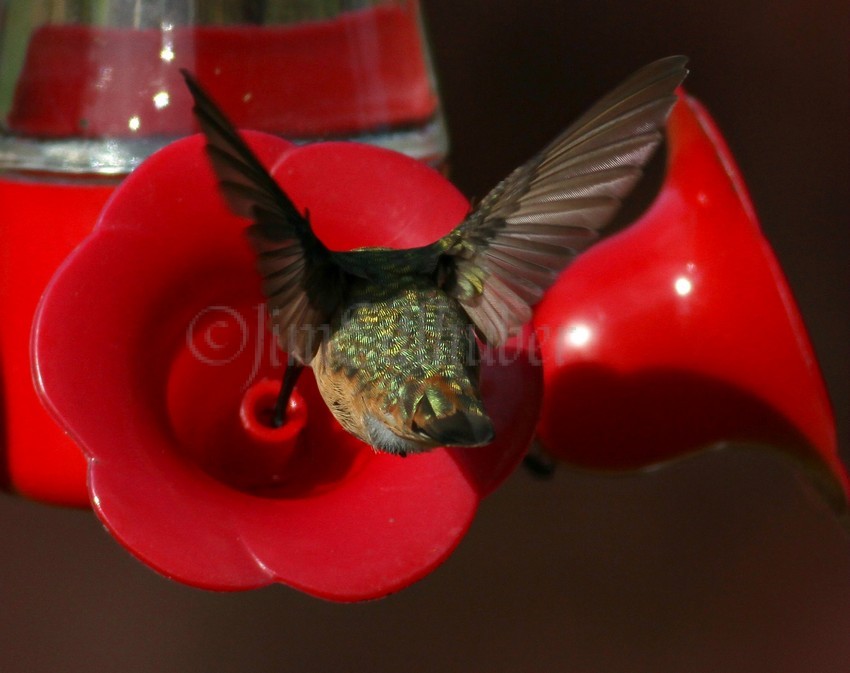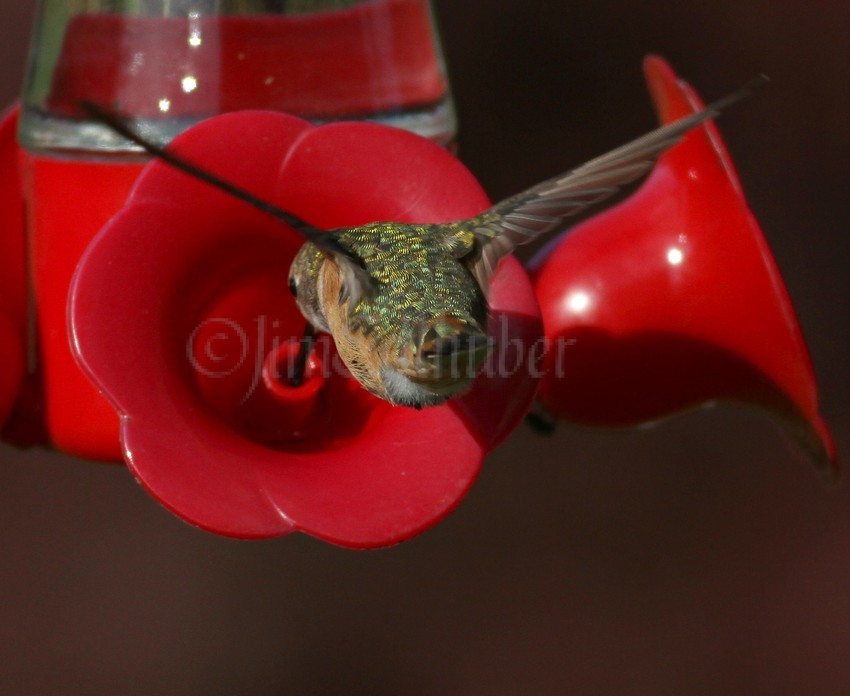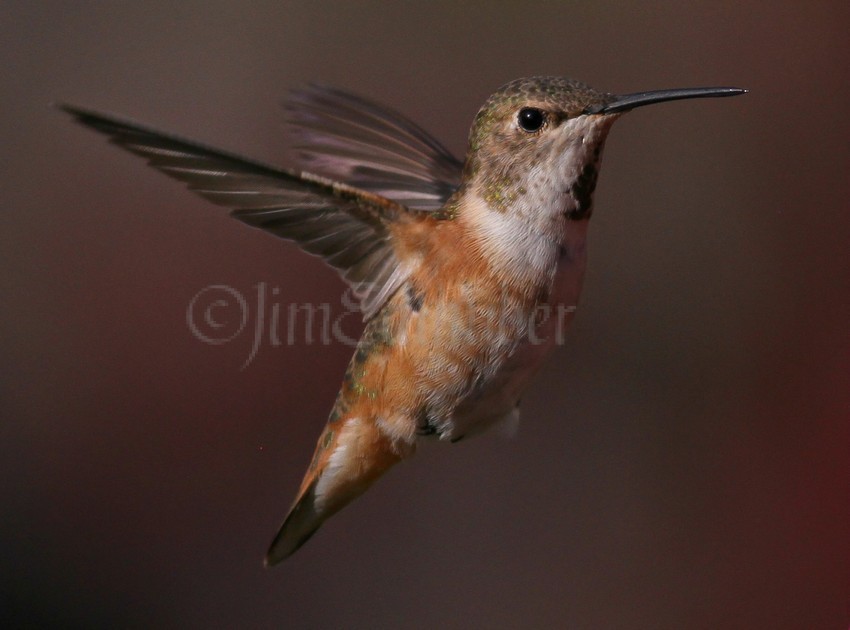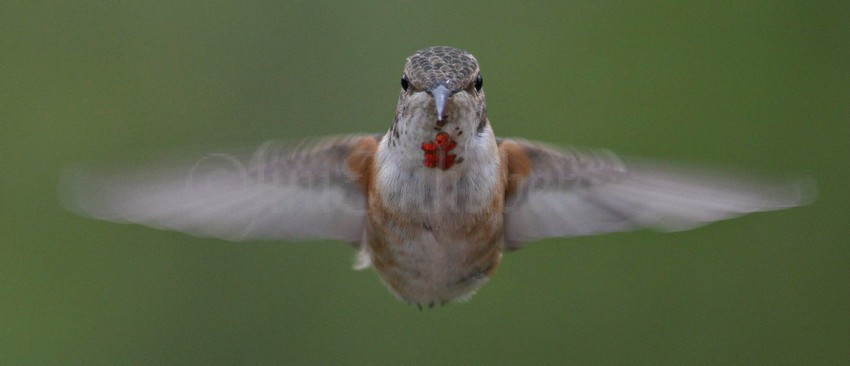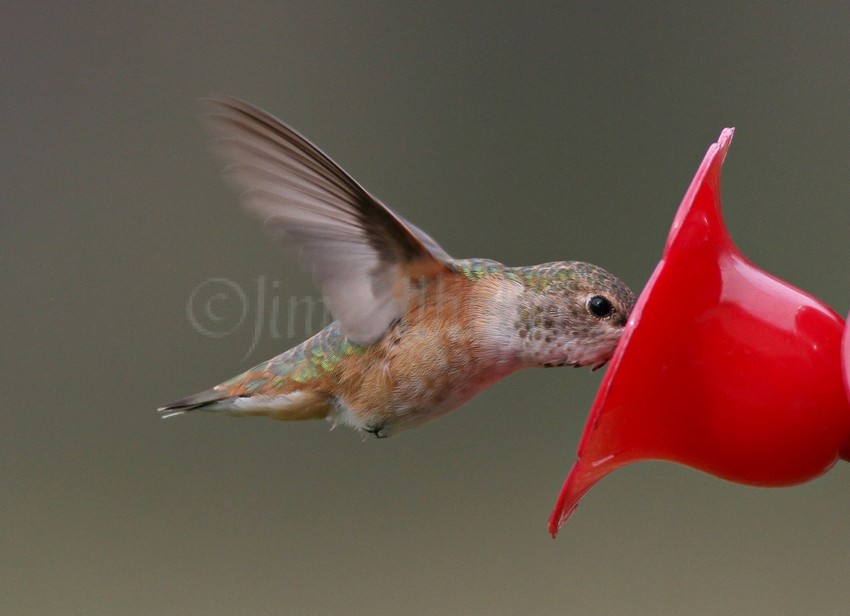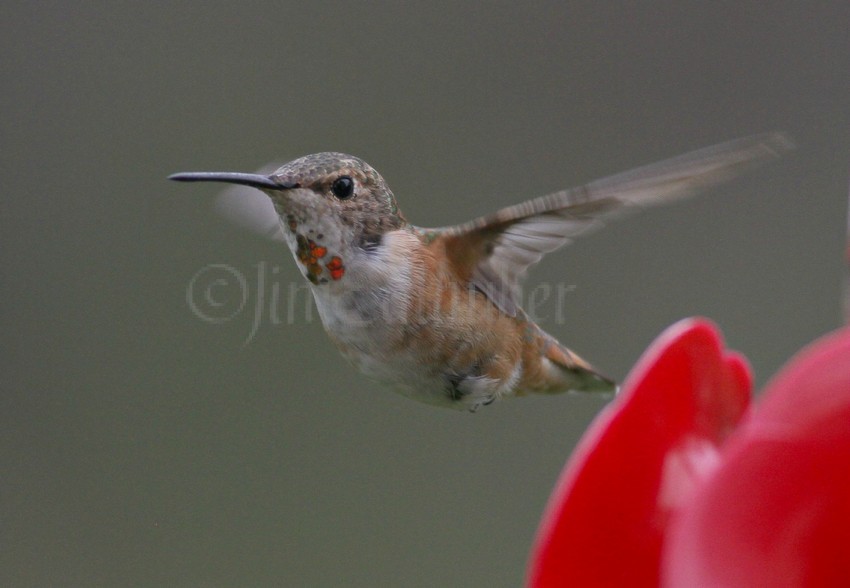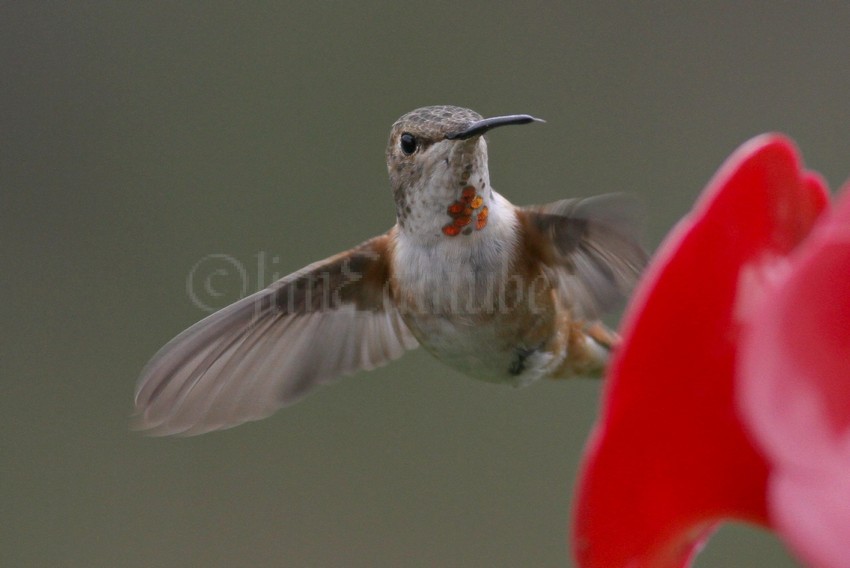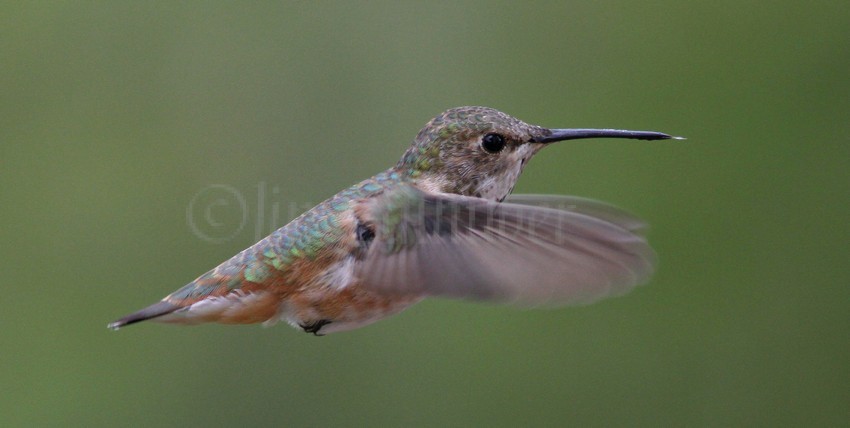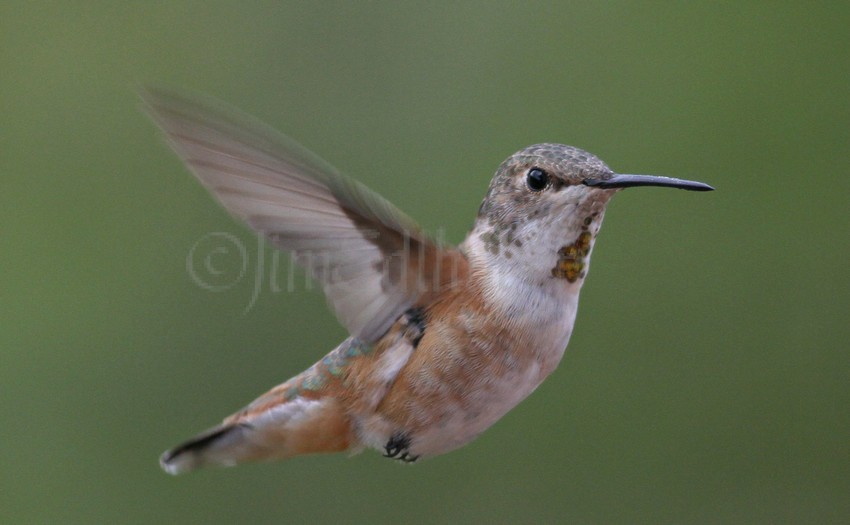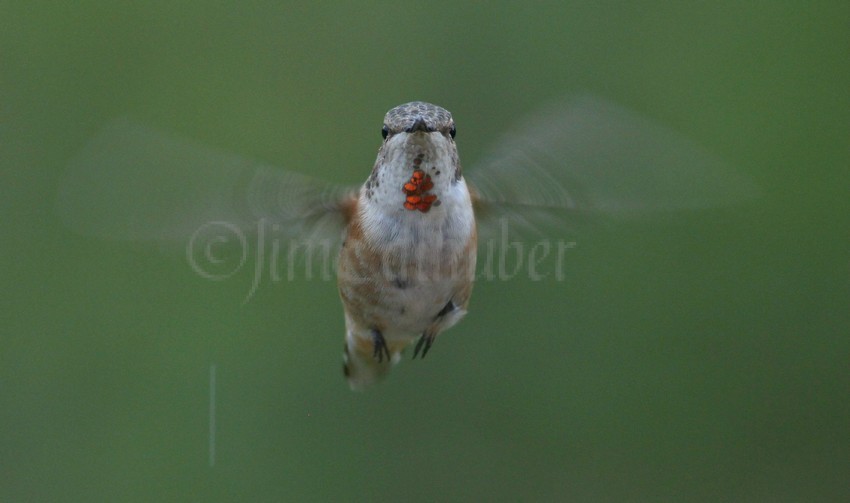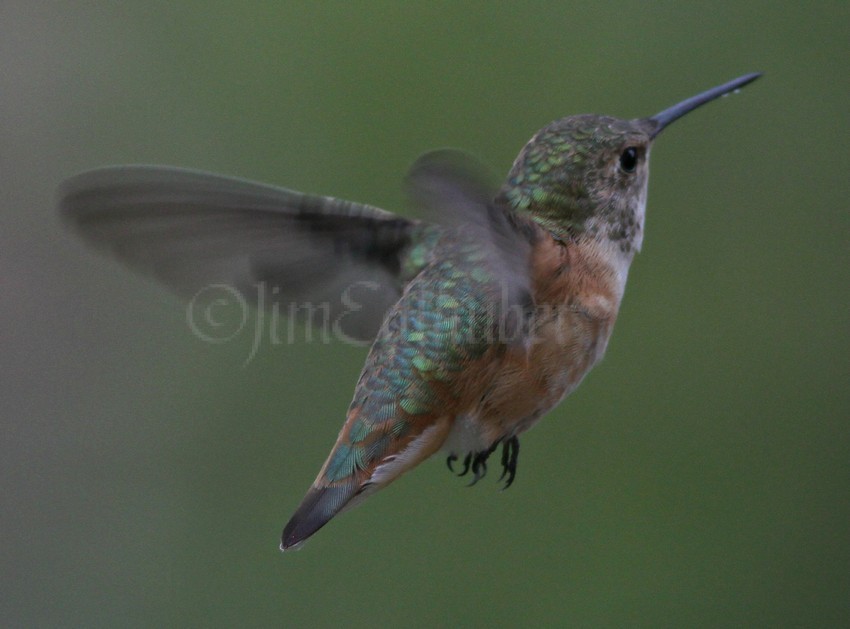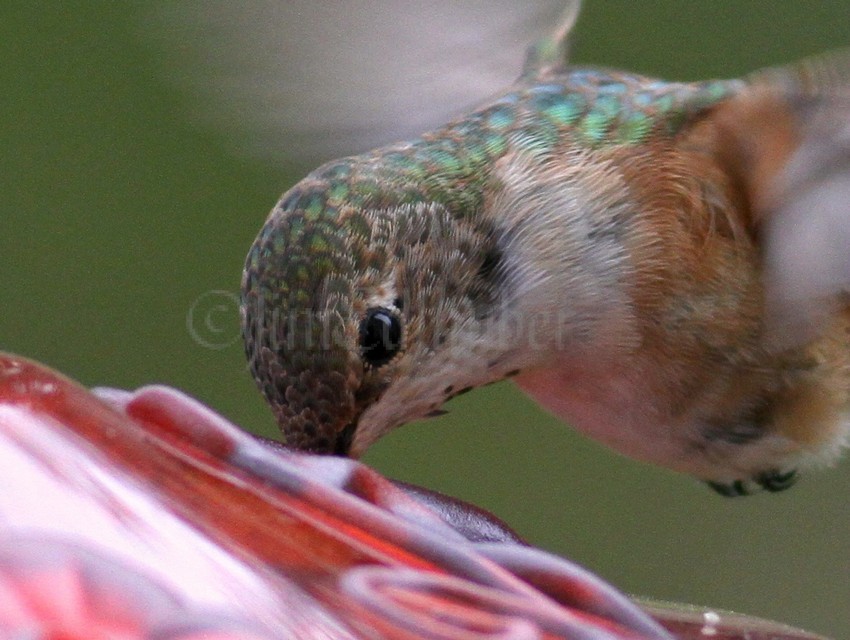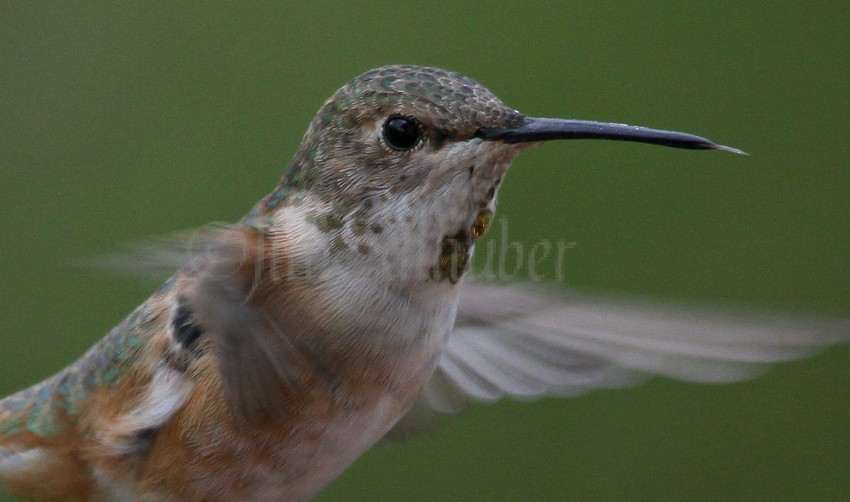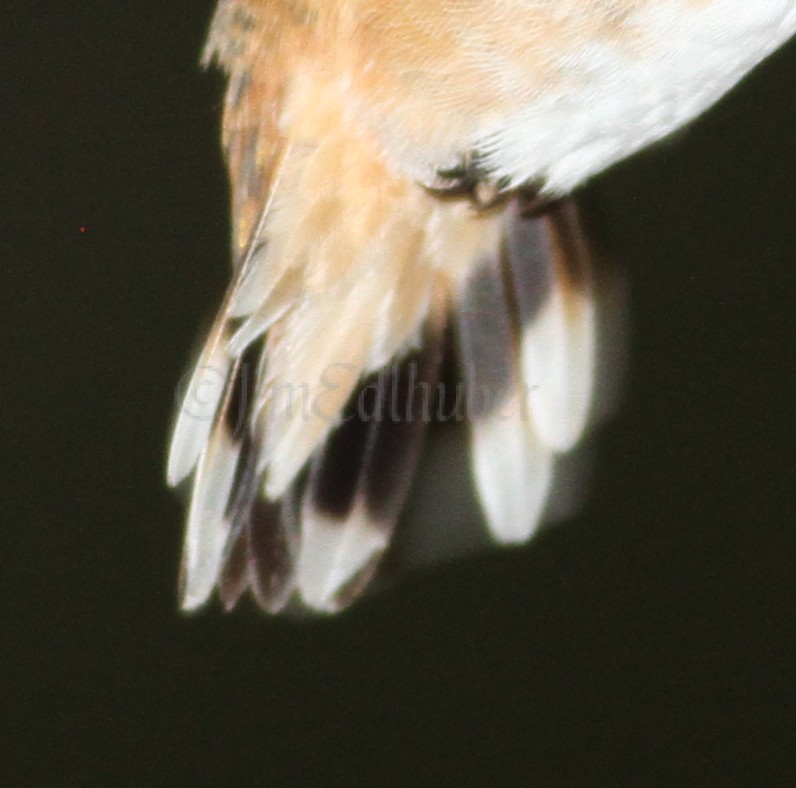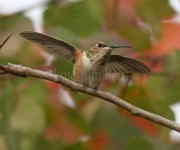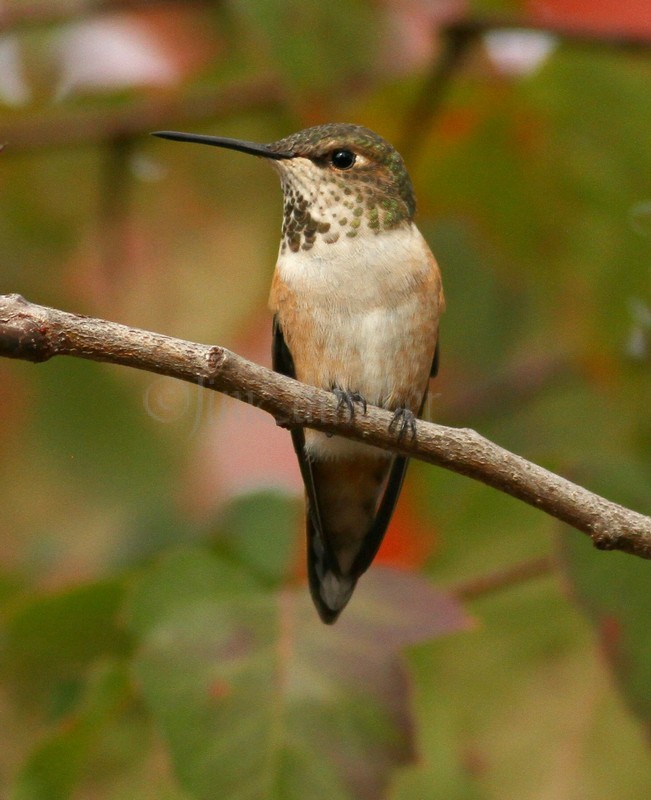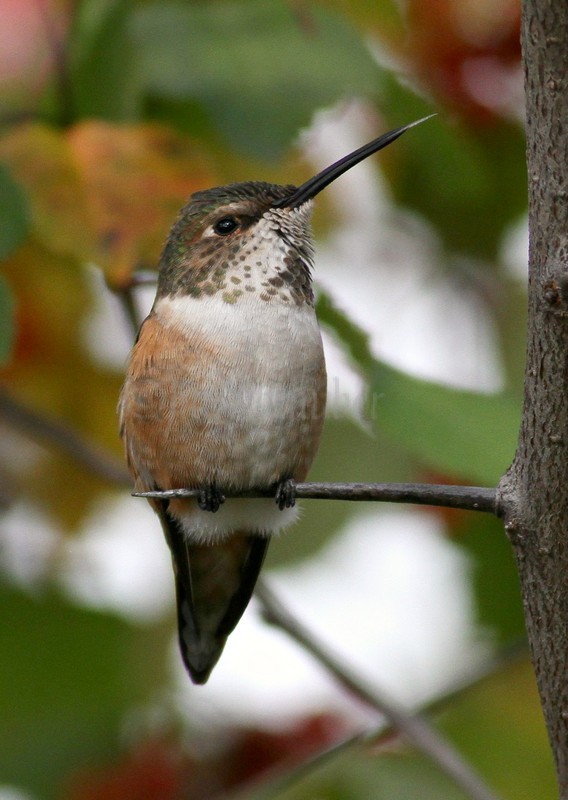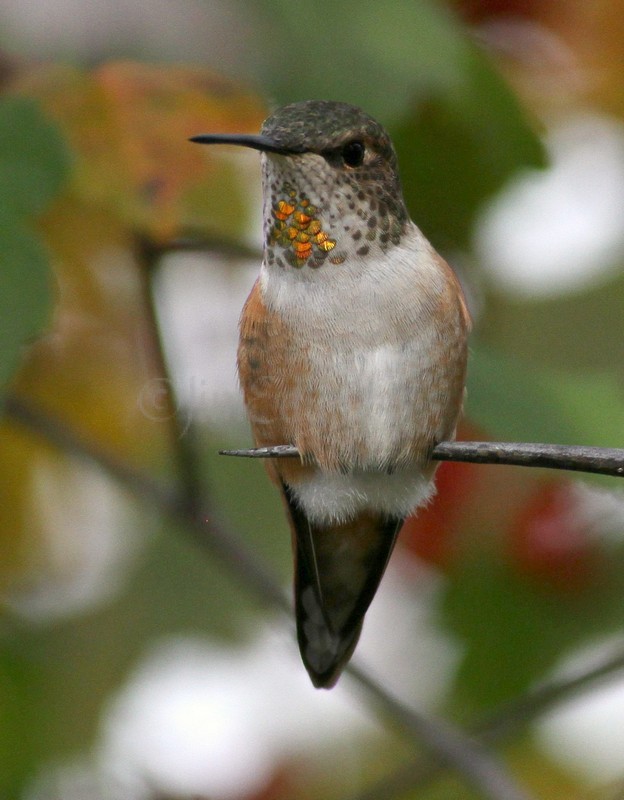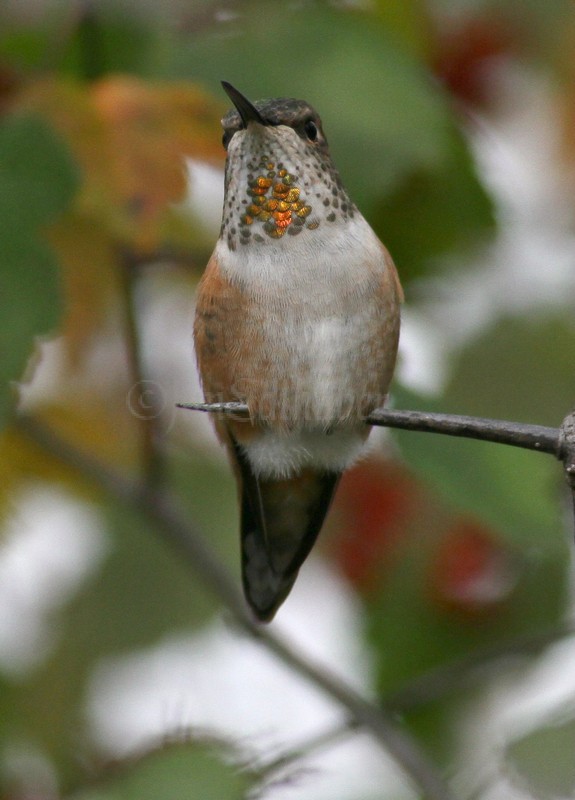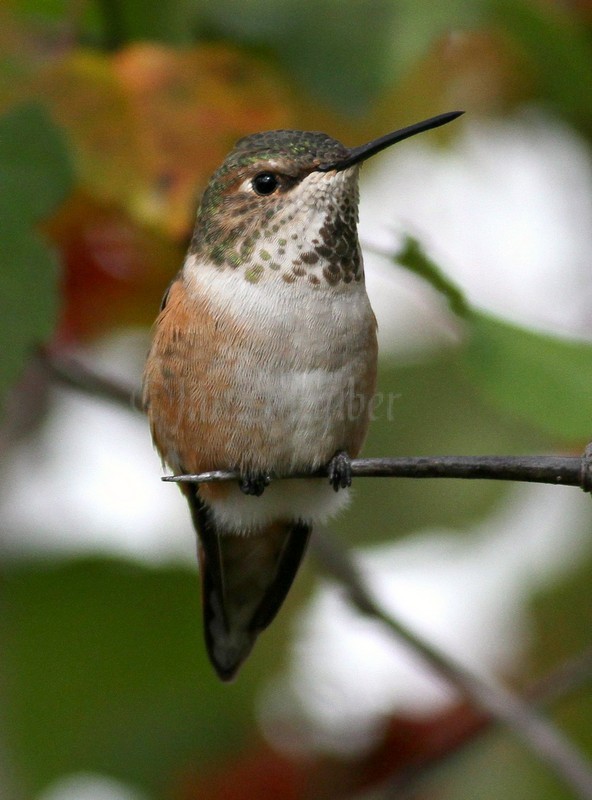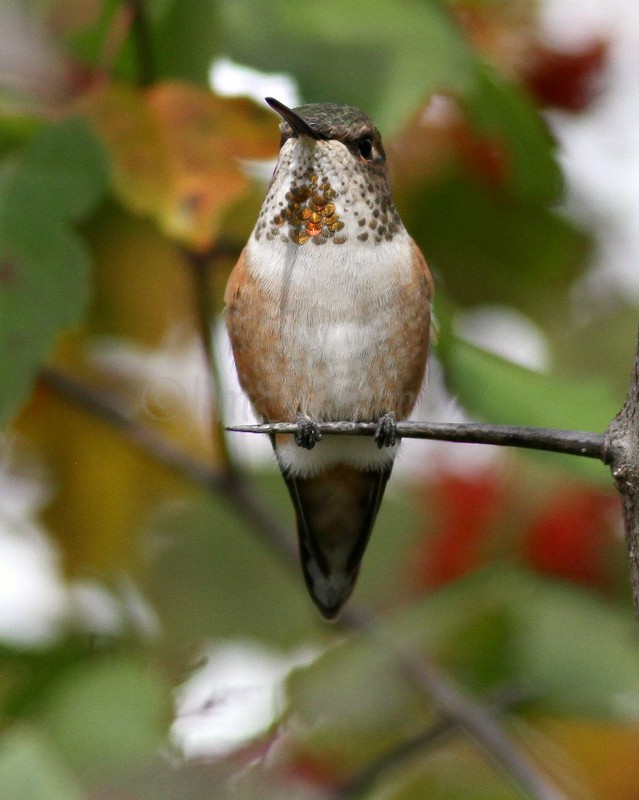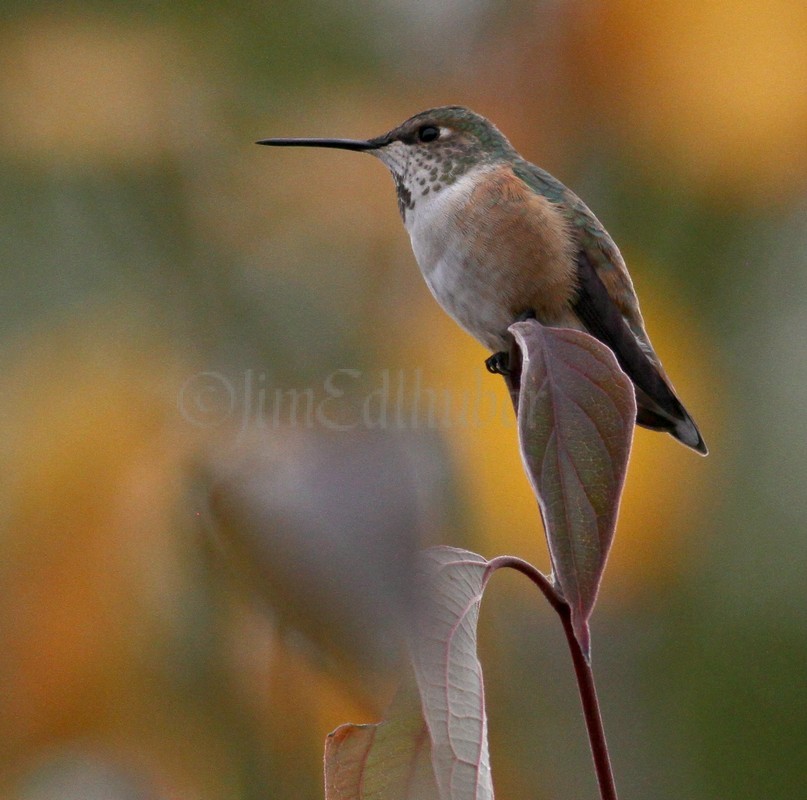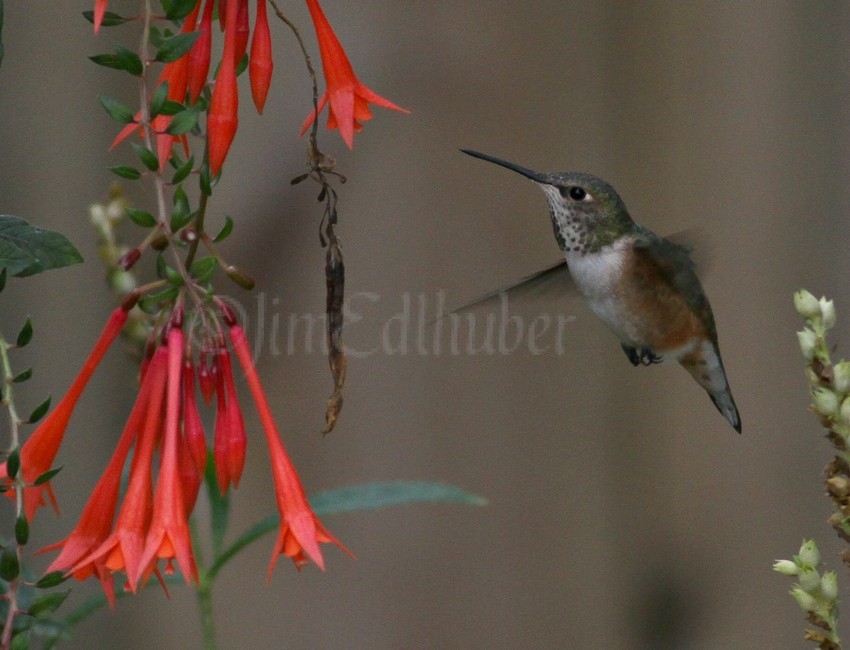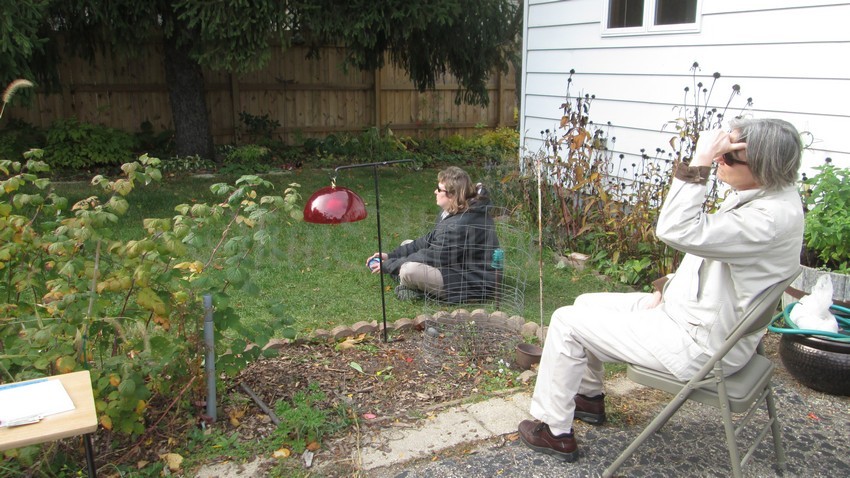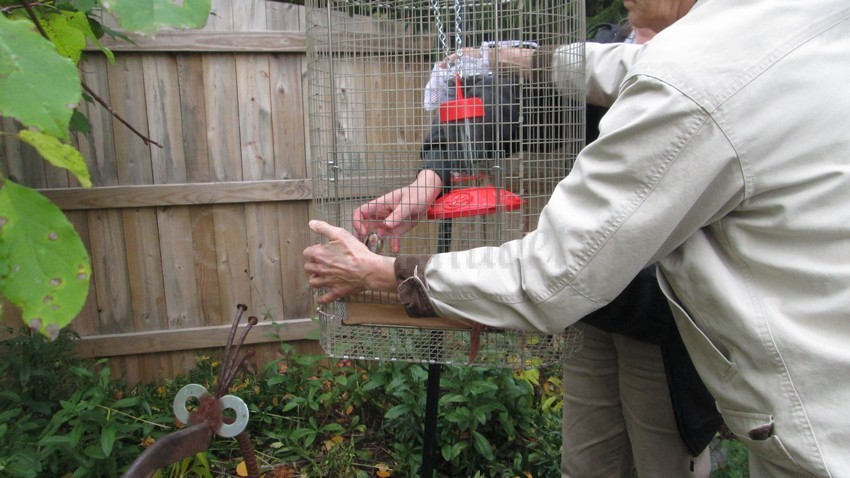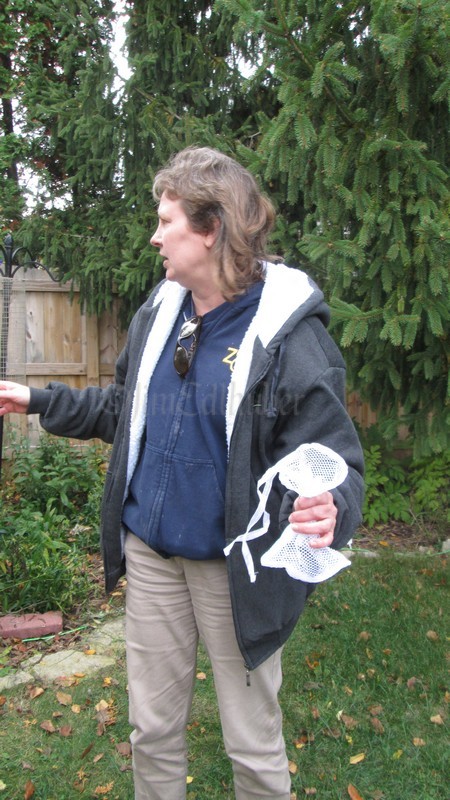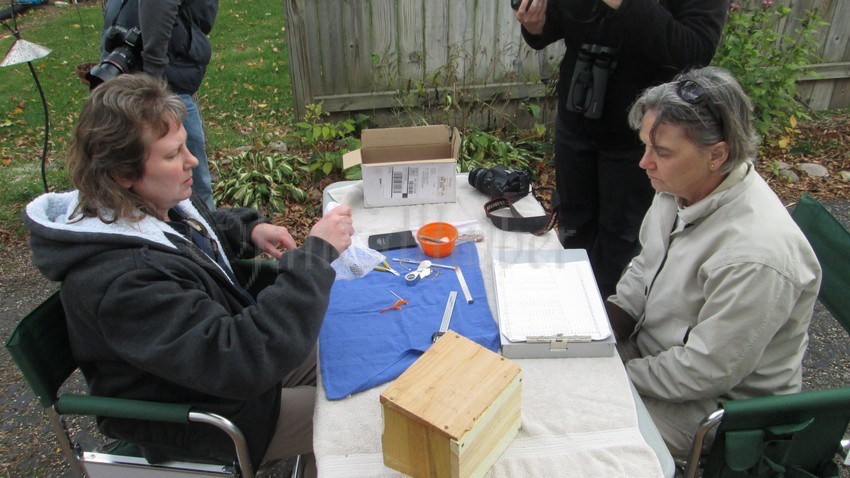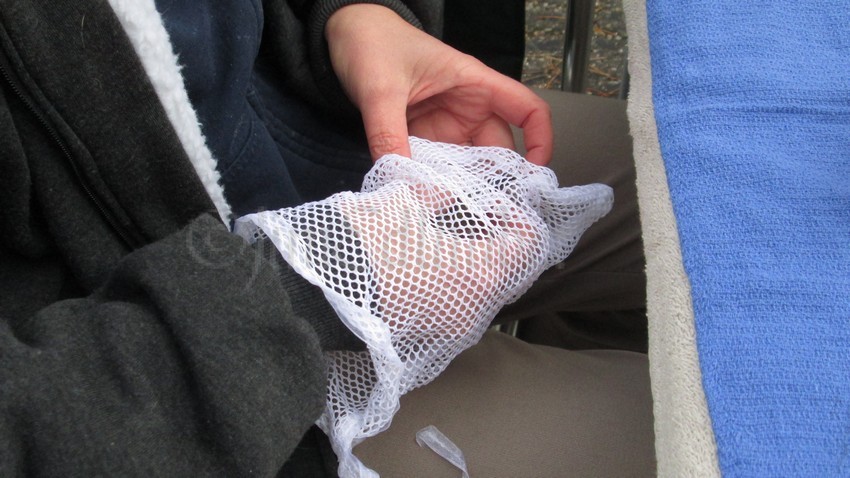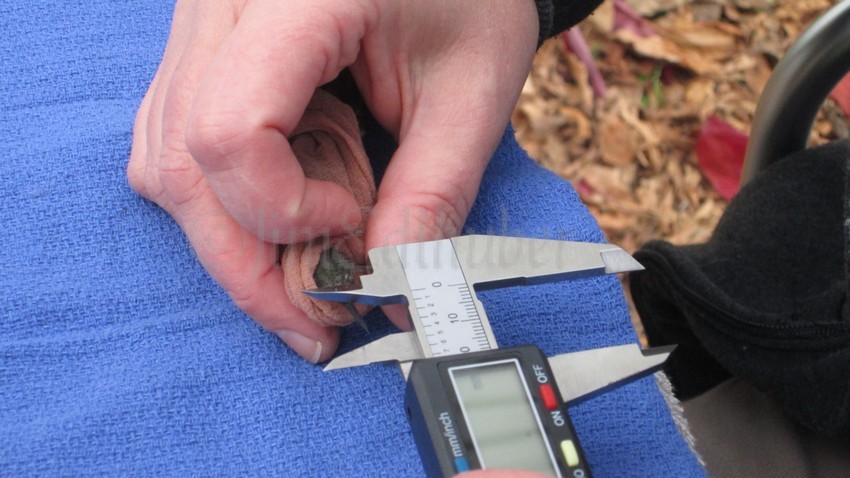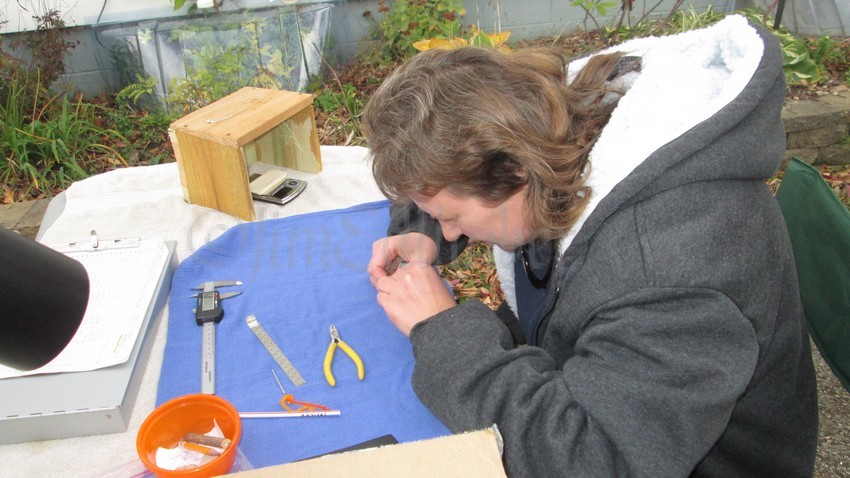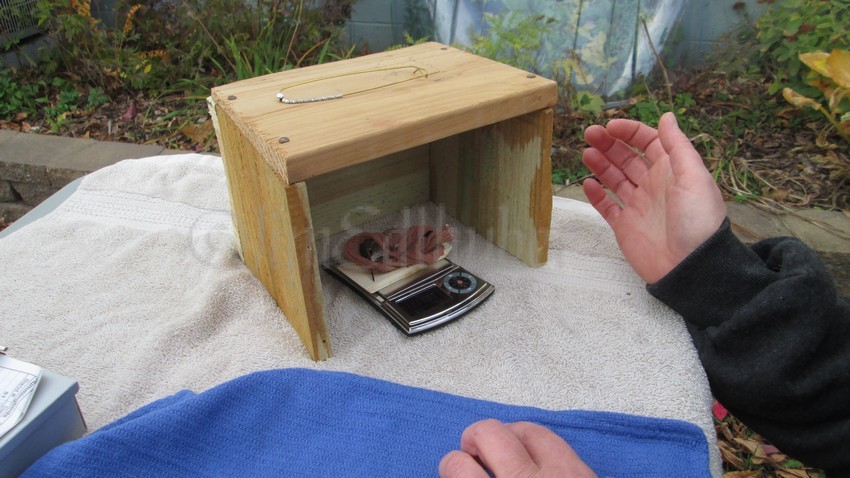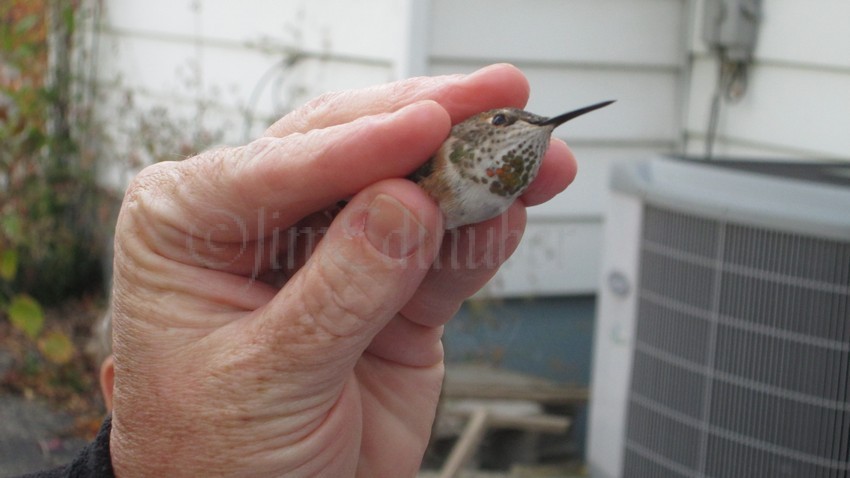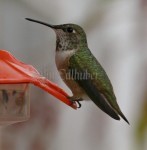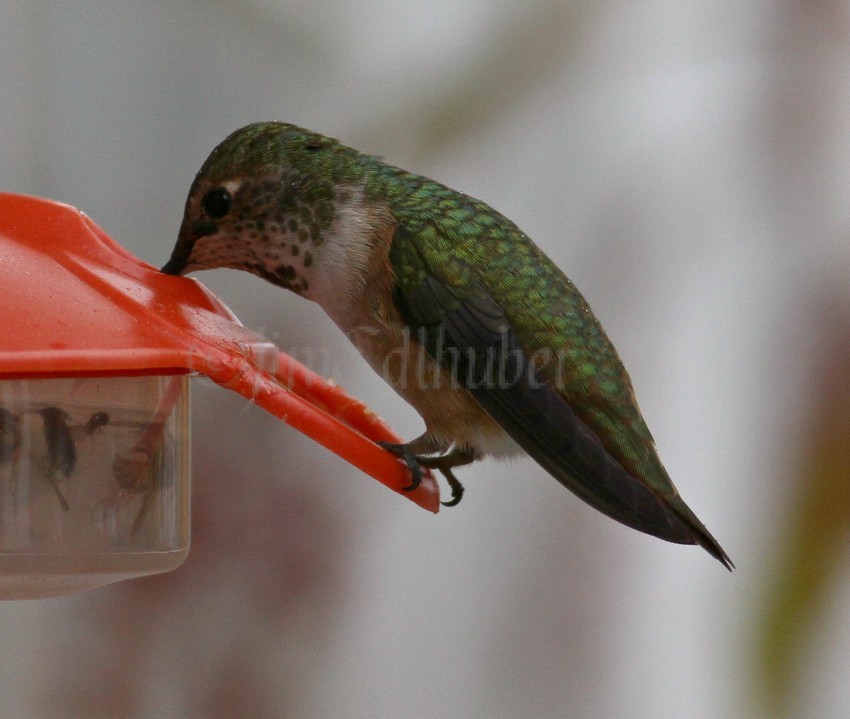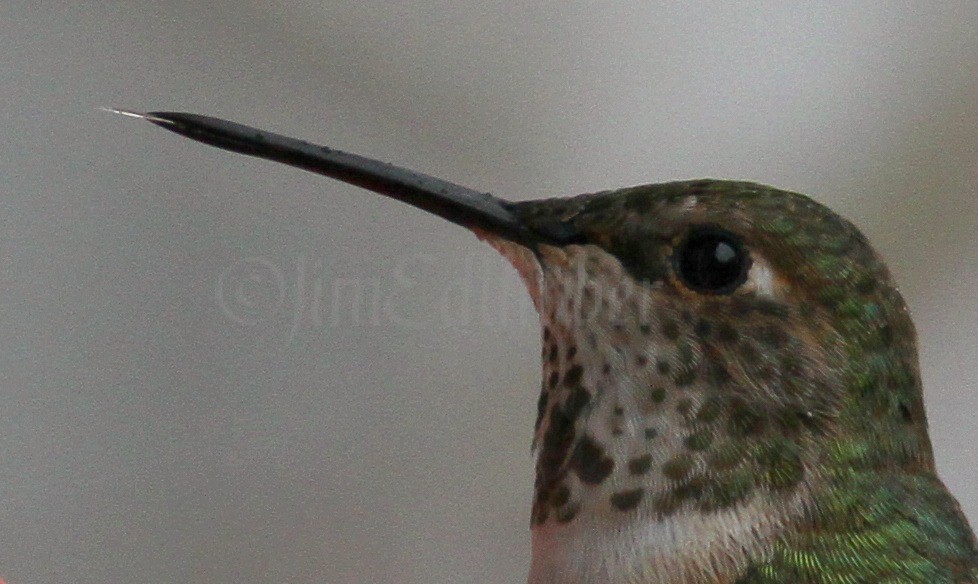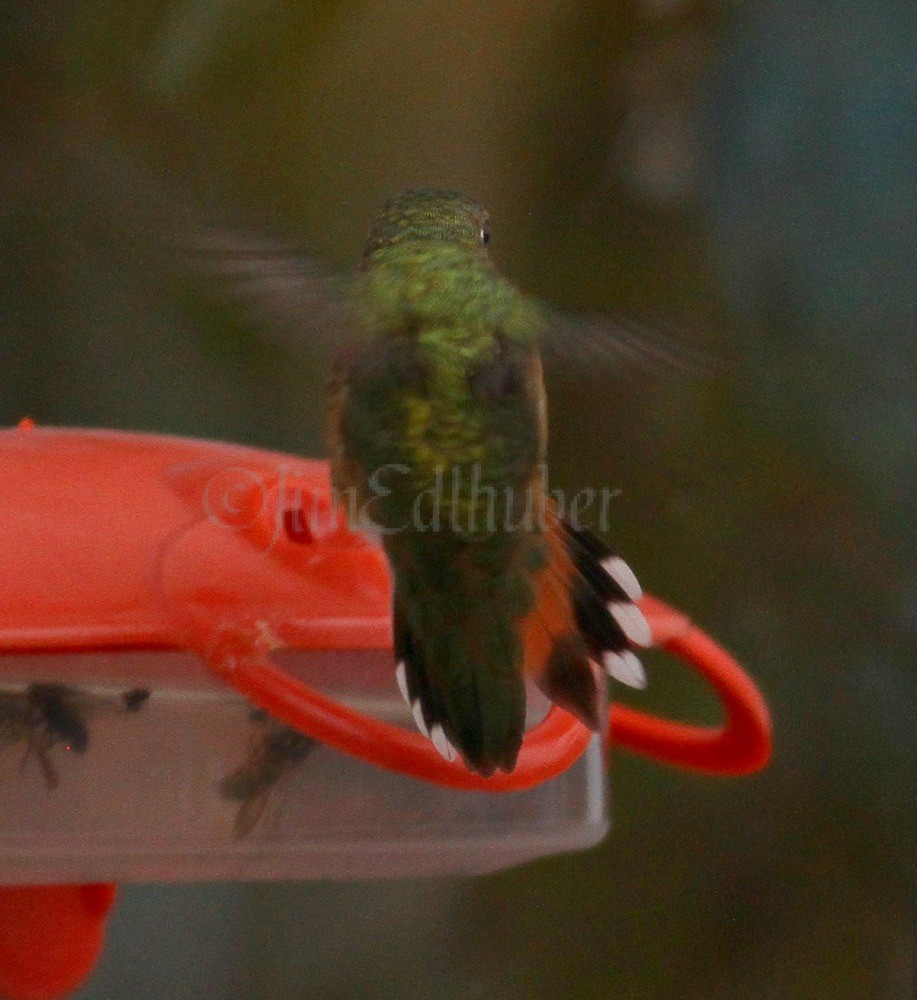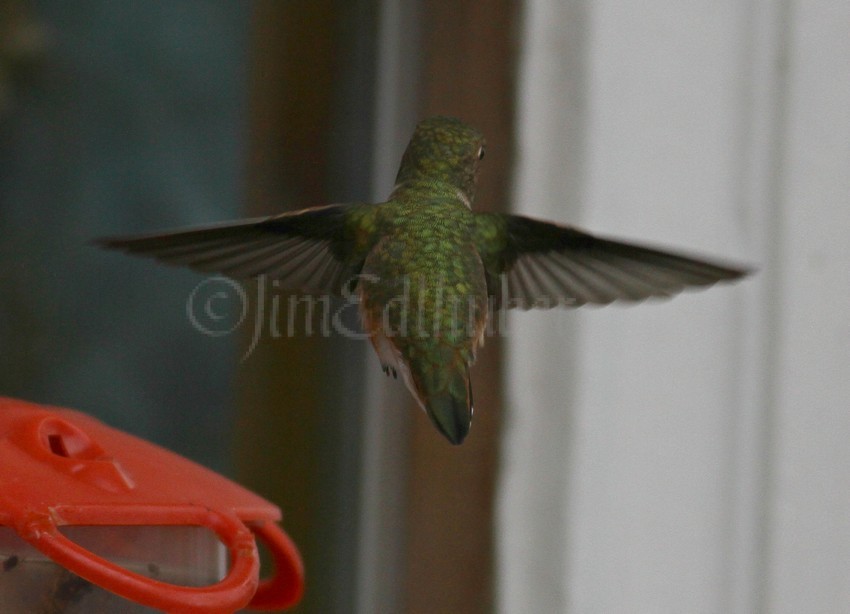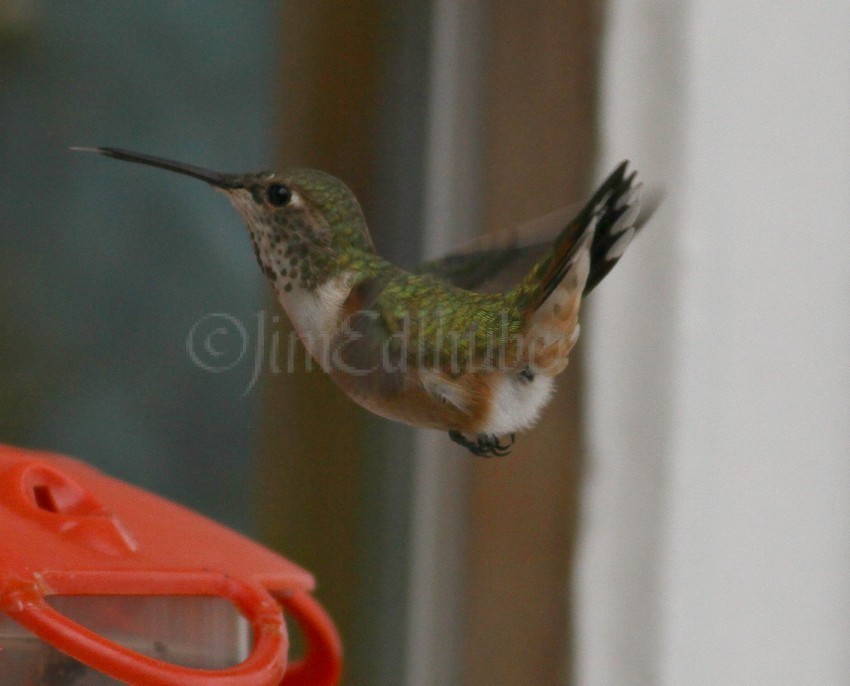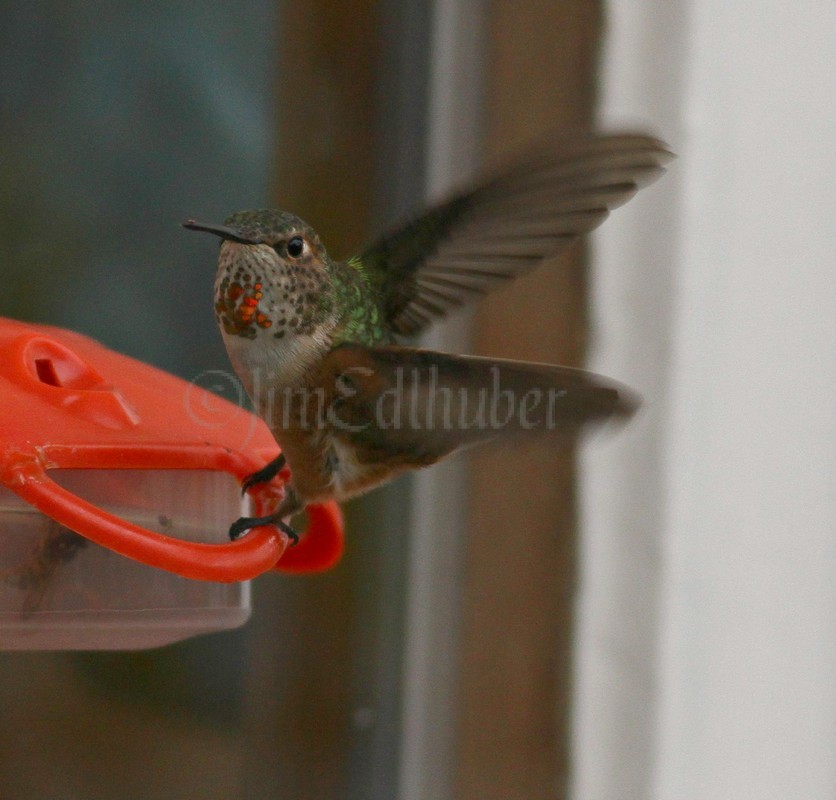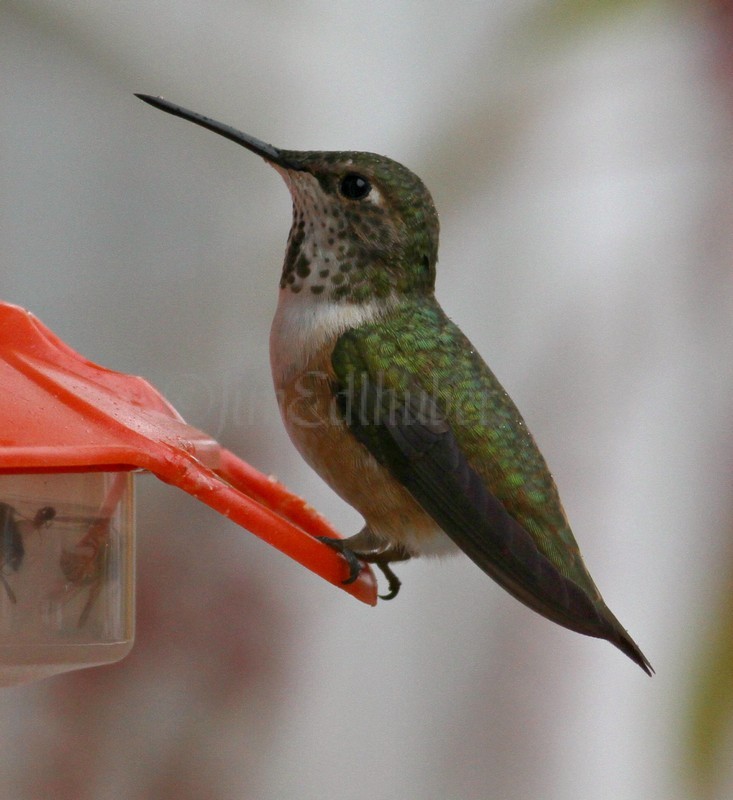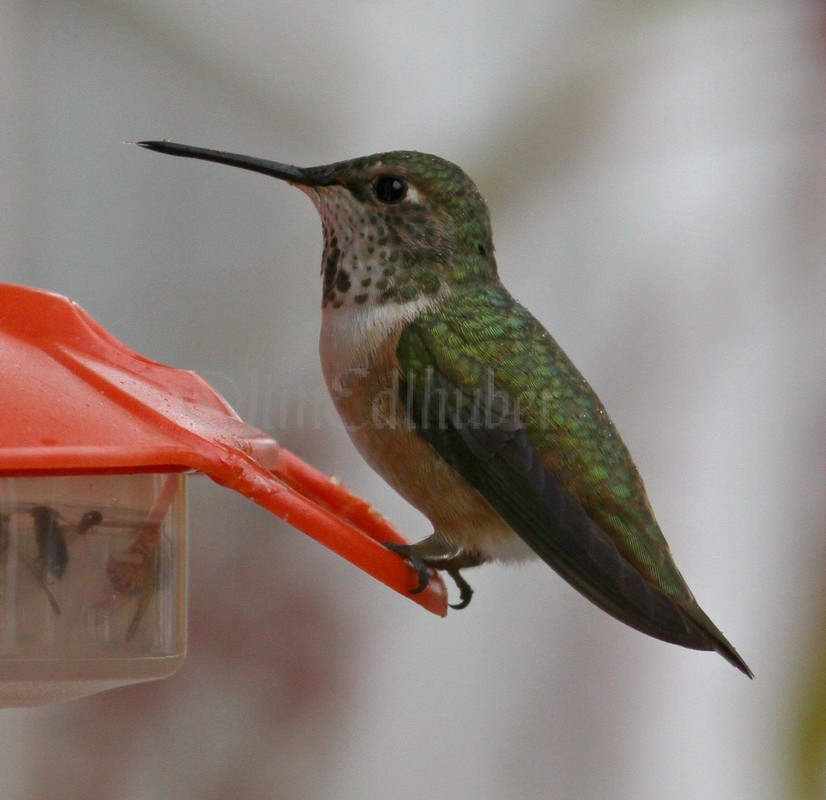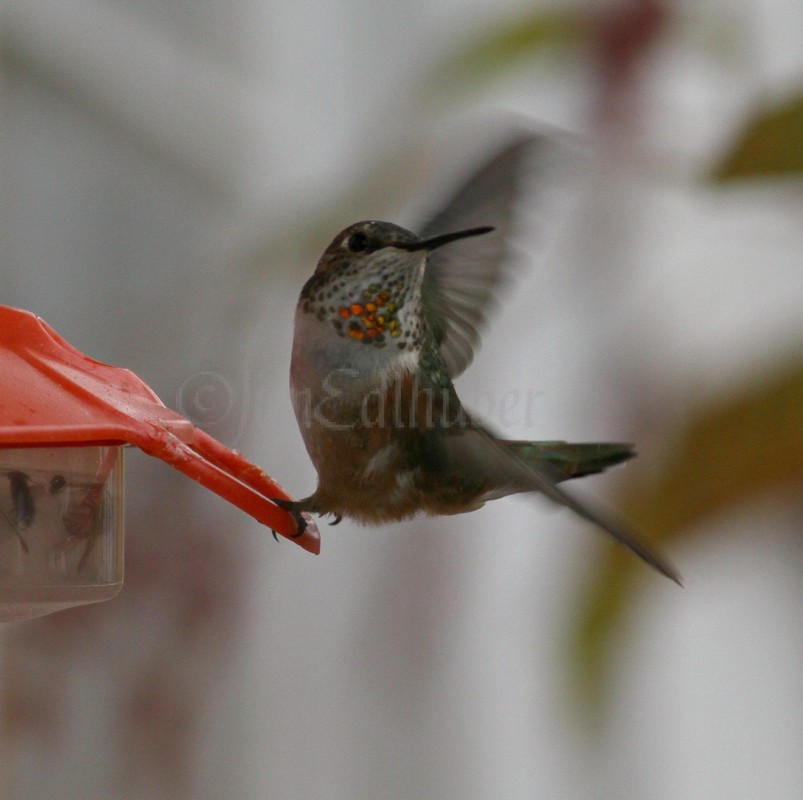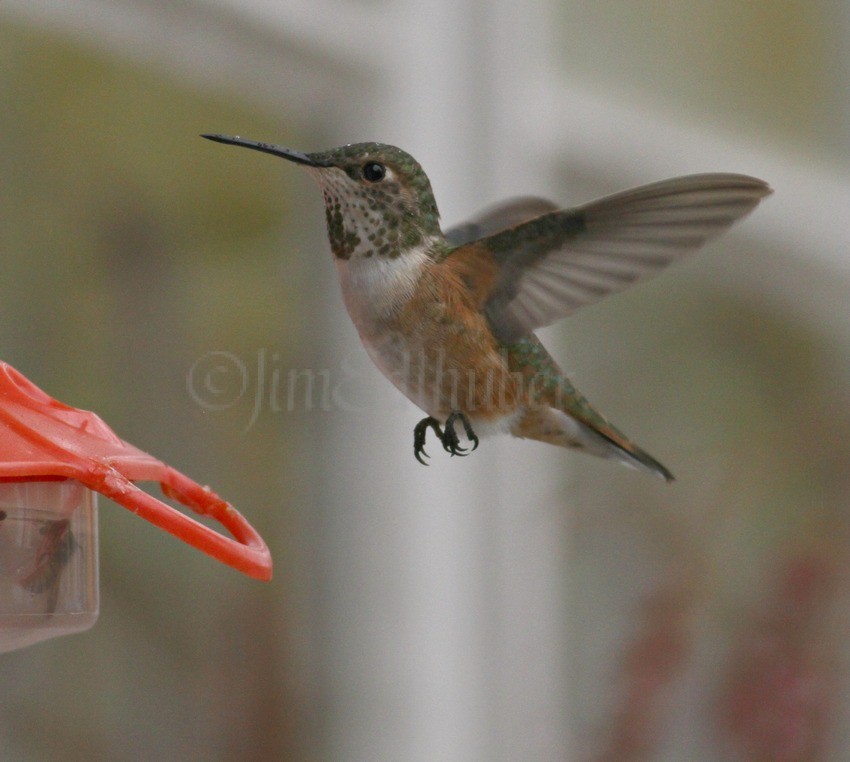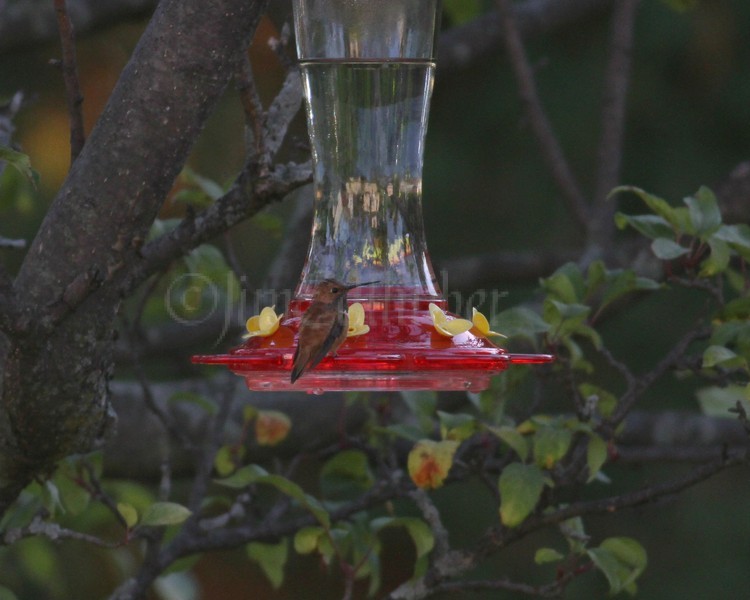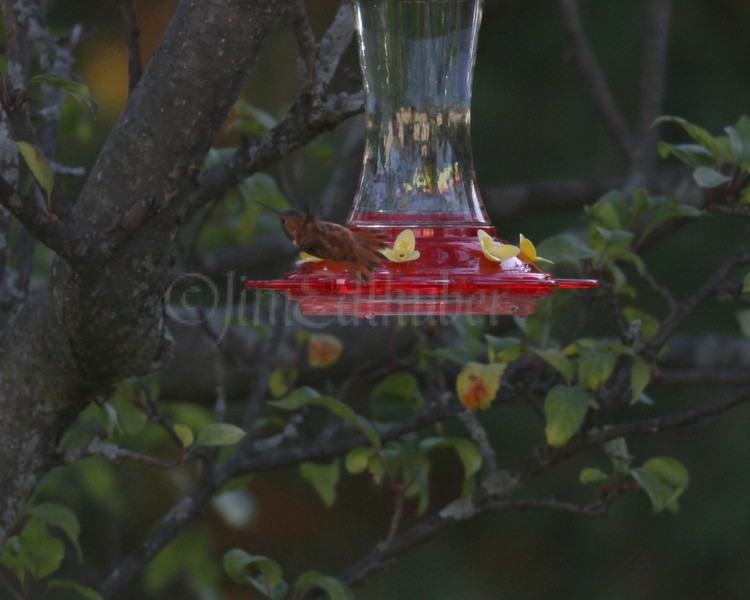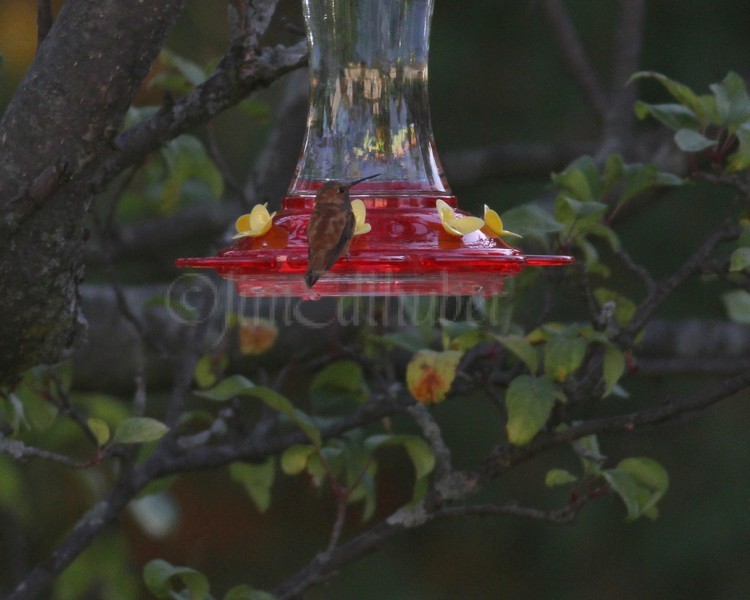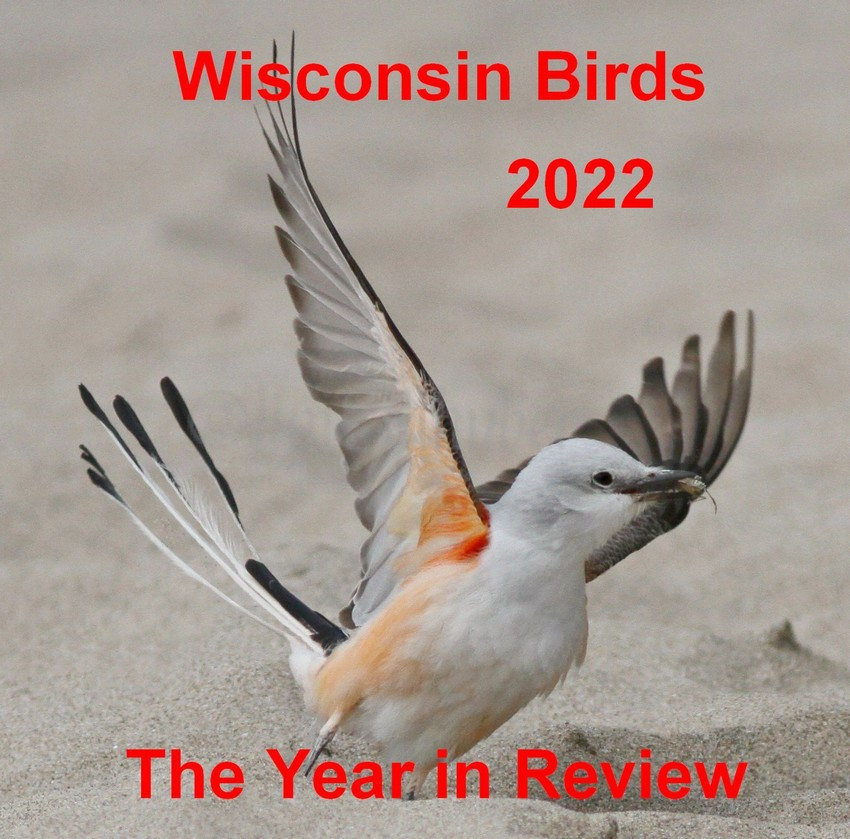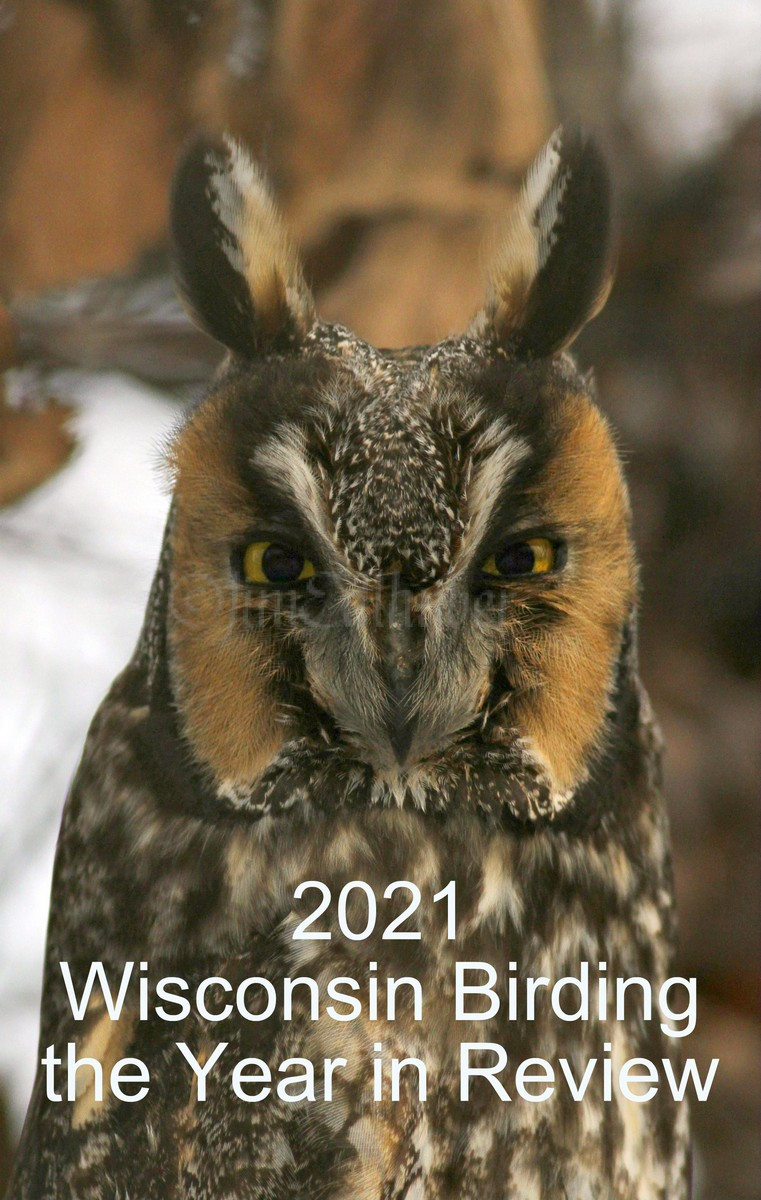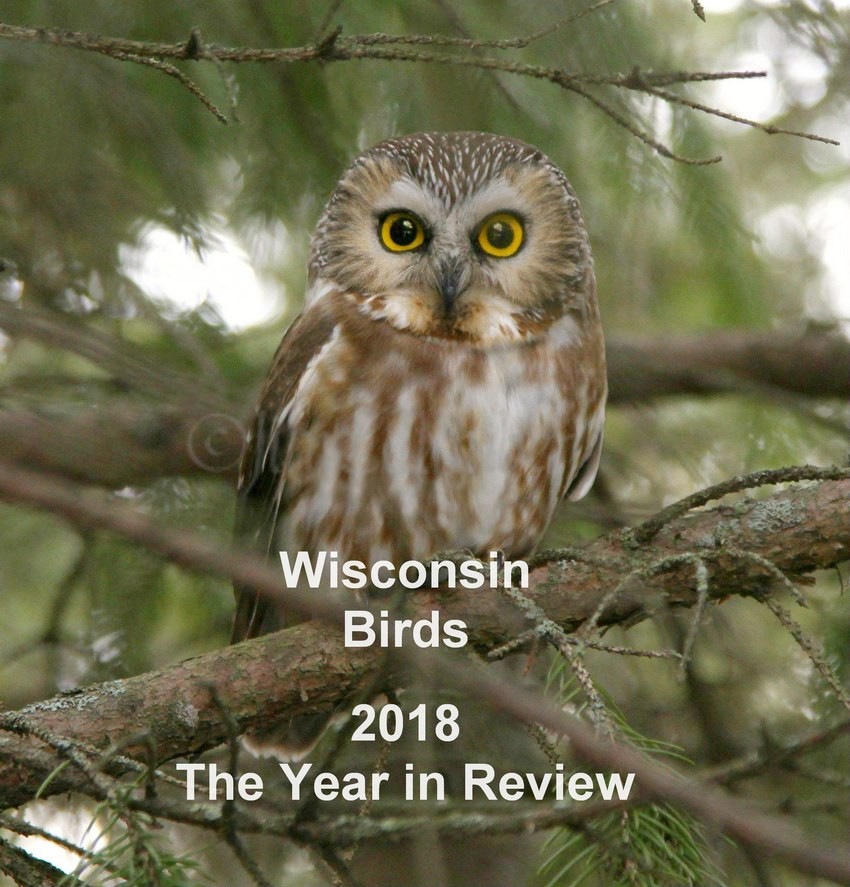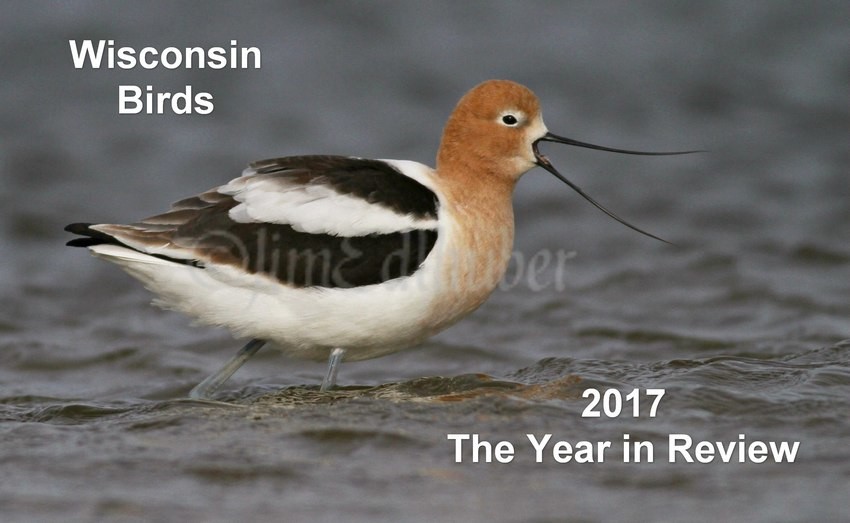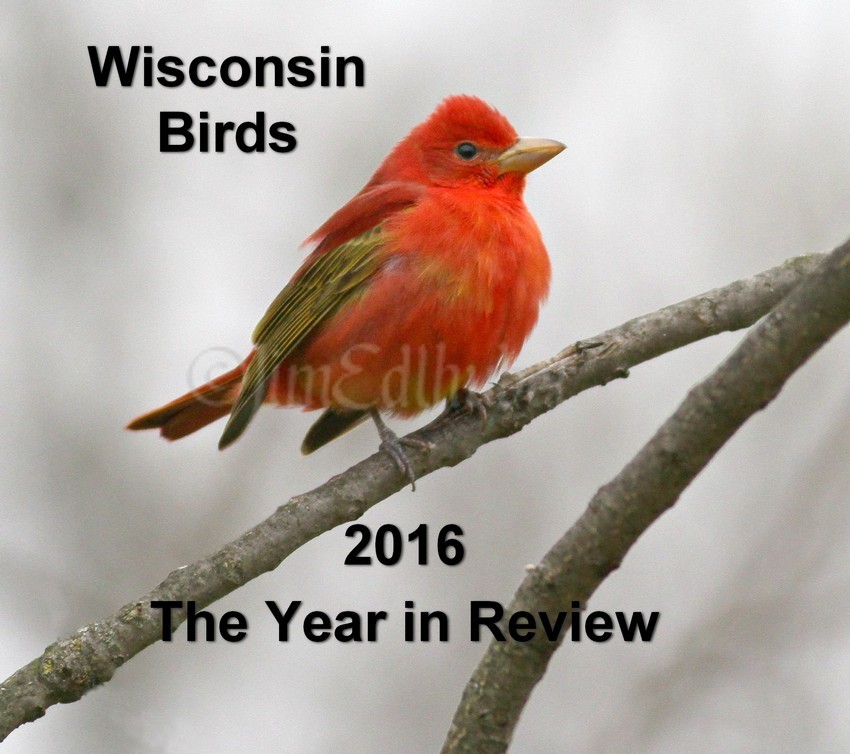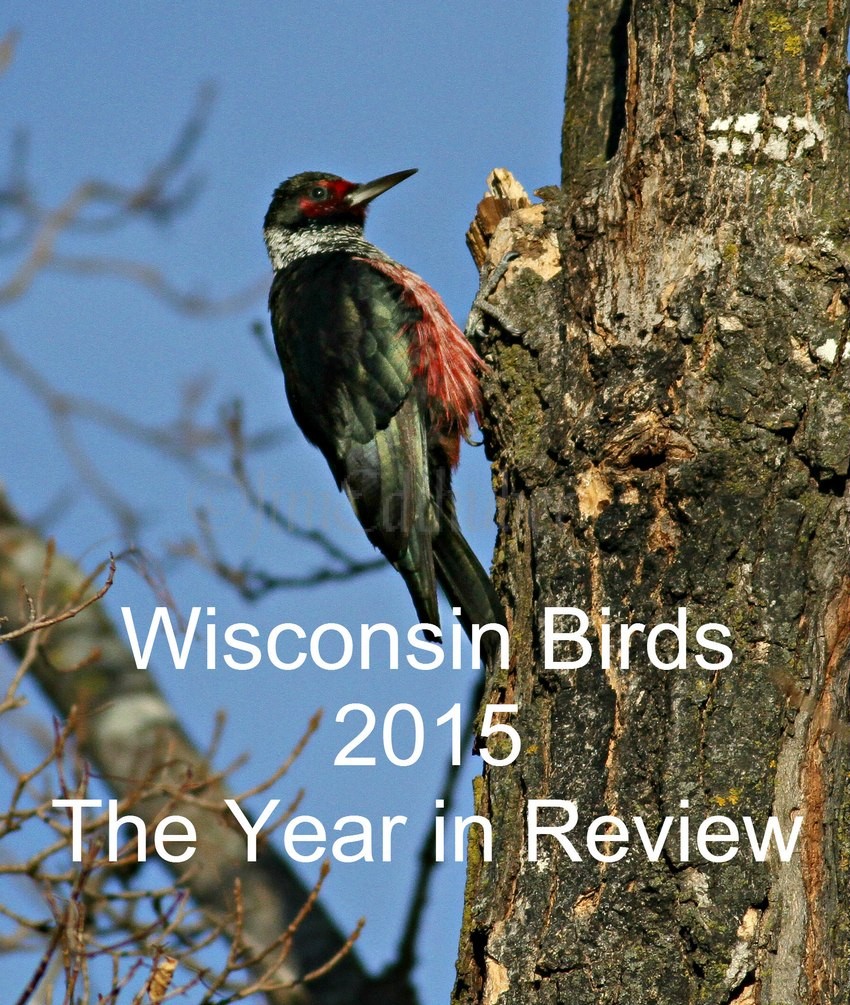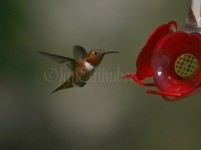
I made the trip up to Mayville Wisconsin with hopes to view the stunning male Rufous Hummingbird at the Herzmann’s residents. Amazingly, this is the second year for the same uncommon bird at this residents. It was banded last year, this years bird wearing the same number band. It showed about every 30-45 minutes today from about 6:30 am till 1:00 pm. It usually chased off other hummers after arriving at the feeder for nectar. This bird when finally at the feeder would typically feed for 4-5 seconds, back off a second, look around and go for more, usually 4-5 feeds. A big thank you to Liz and Matt Herzmann for allowing visitors to view this beautiful bird. I hope it hangs around for others to view. Will the bird return next year? With the nectar feeder under a tree, light was mixed and it made getting photos challenging. Images were taken on August 8, 2015.

Rufous Hummingbird
Binomial name: Selasphorus rufus
Category: Hummingbirds
Description: Primarily rust-colored feathers with a small patch of white on the chest. Red-orange patch on throat. Short wings and a slender, slightly sloping bill.
Size: 2.8″-3.5″ long, 3” – 4” wingspan
Weight: 0.071 oz. – 0.18 oz
Habitat: Open broadleaf forests, orchards, meadows, parks, swamps, and yards
Natural Range: West Coast from Alaska to Mexico and Rocky Mountains, wintering in the Gulf Coast and Southeastern Atlantic states. They are occasionally, although rarely, found in cold-weather areas such as the Midwest due to their surprising hardiness.
Diet: Tree and flower nectar, small insects, and hummingbird feeders
Nesting: The males may mate with several females but do not care for the young. The female provides all parental care, building a nest in a protected tree or shrub. They favor either deciduous or coniferous trees such as spruce, cedar, maples, pines, birch, and hemlocks. The nest is made out of bud scales, lichen, spider silk, and dandelion or thistle down. The same nest may be used year after year and not necessarily by its previous occupant. The female will lay 2-3 eggs at a time, laying 1 brood per summer. She incubates the eggs for 15-17 days, and the young remain in the nest for 15-19 days.
Notes: This high-strung bird is considered extremely aggressive and will chase other animals from feeders or its nest including larger birds, chipmunks, and even other hummingbirds. Like other hummingbirds, Roufus Hummingbirds are adept flyers and can hover, dart, and perch with ease. They have even been seen to pluck insects out of midair.



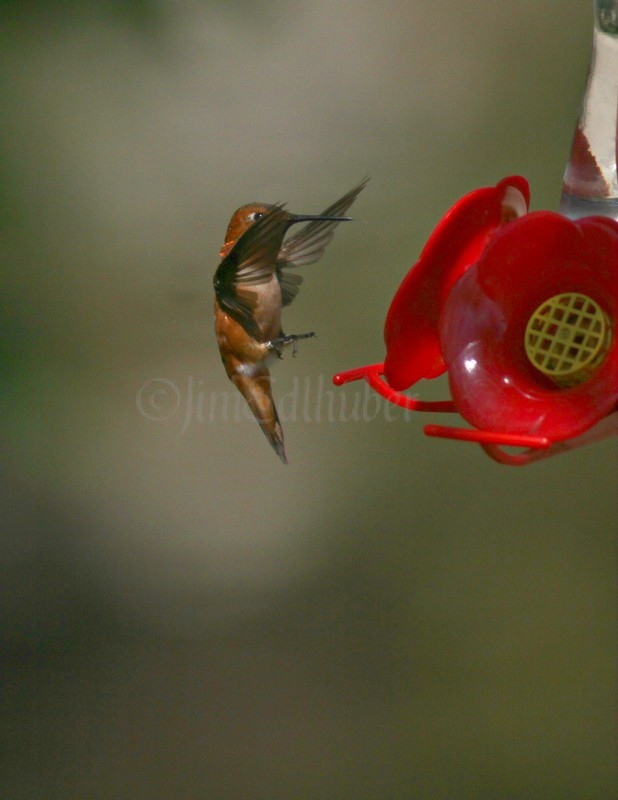
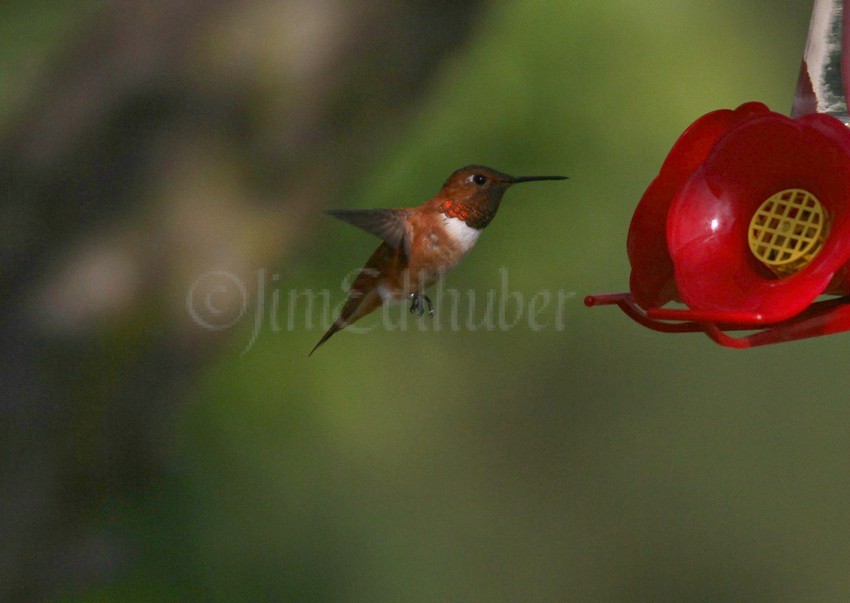
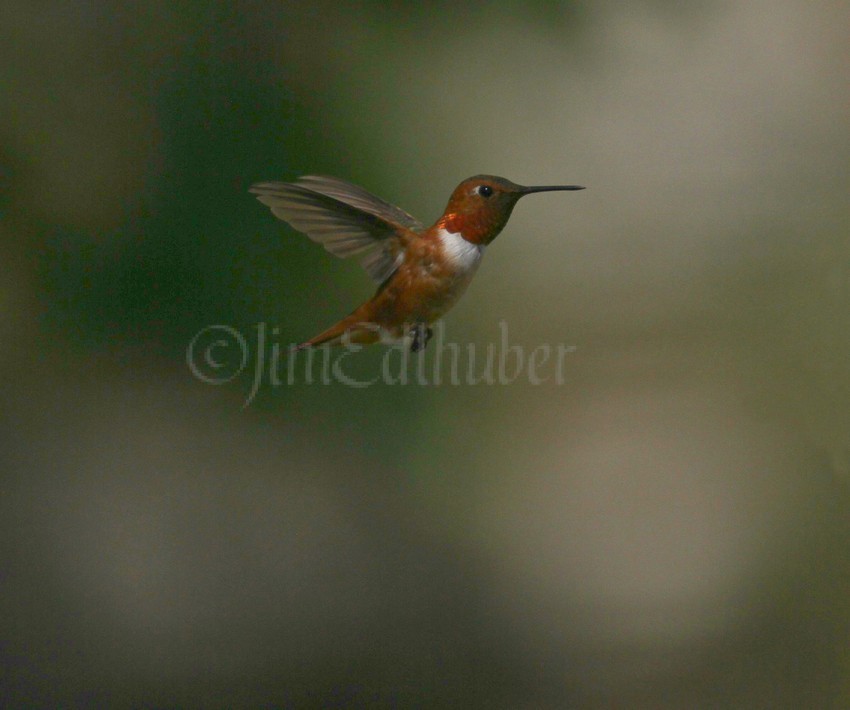
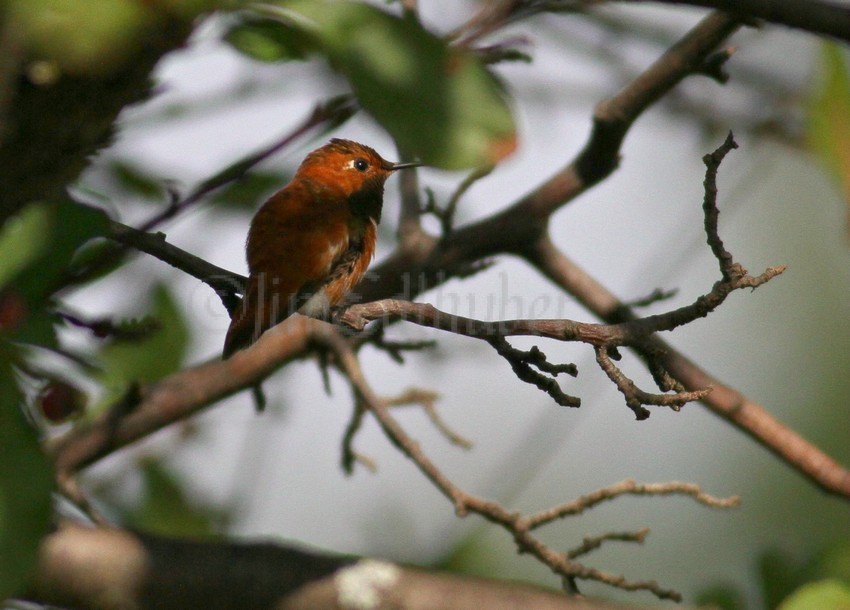
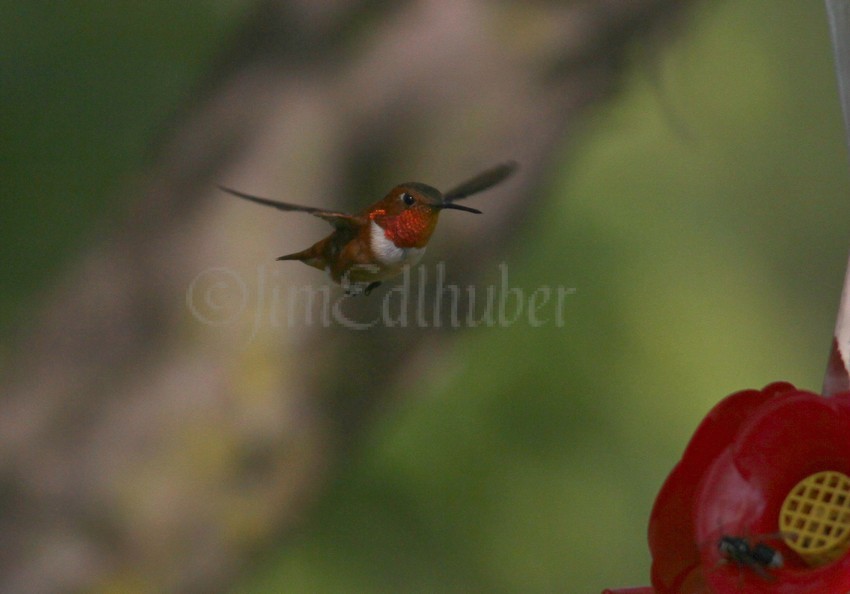
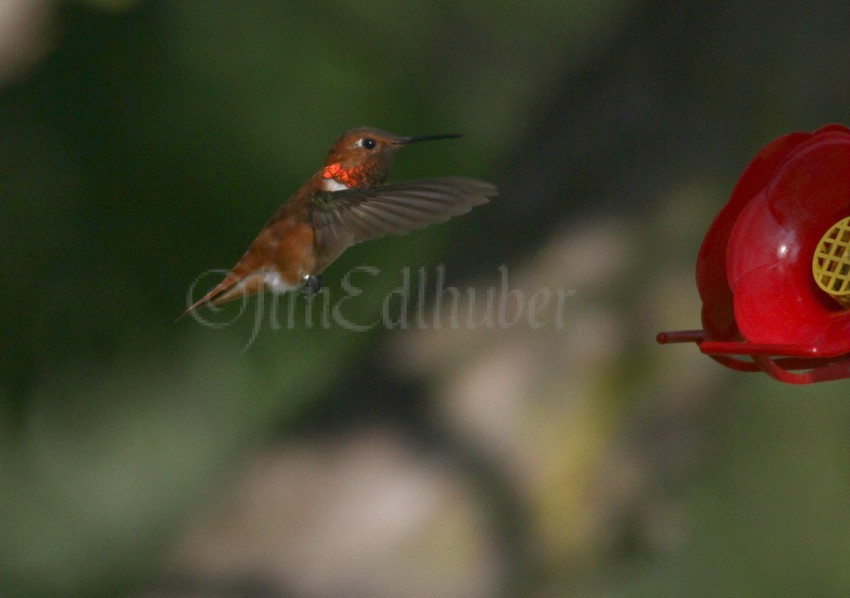



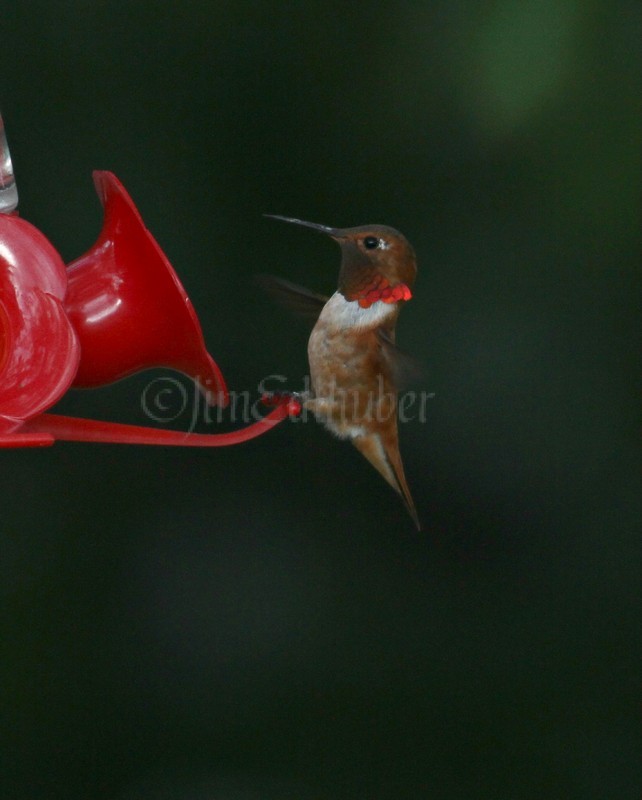

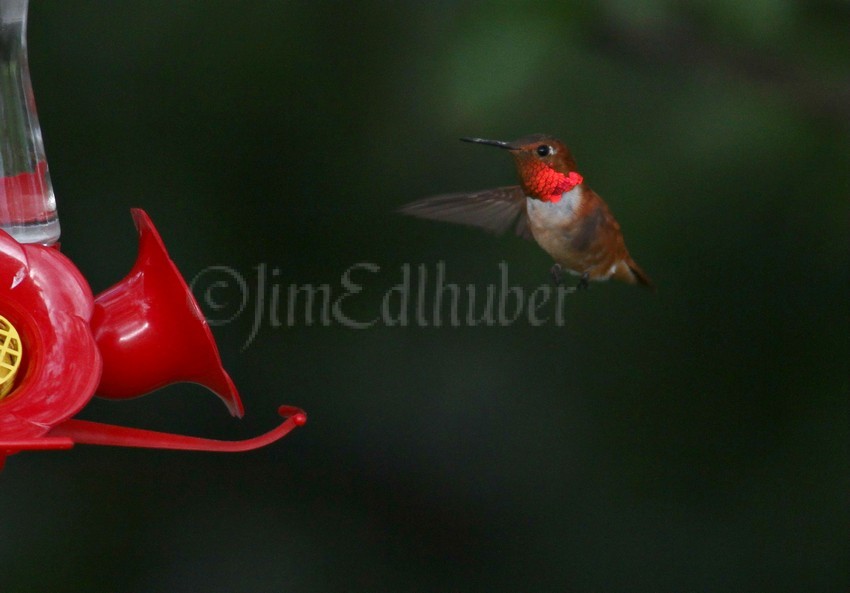

Ruby-throated Hummingbird, subadult male
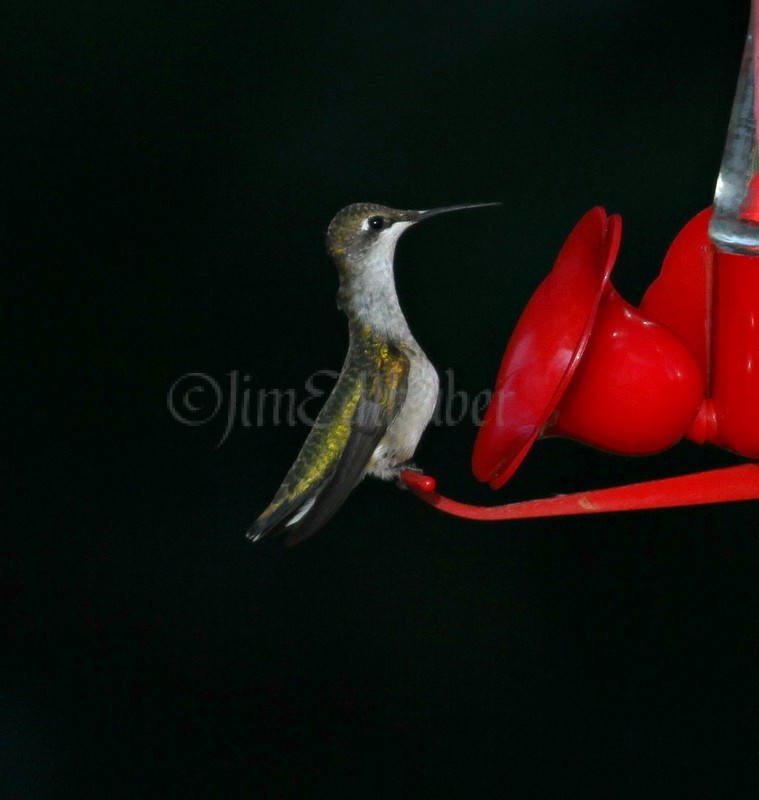
Ruby-throated Hummingbird, female?
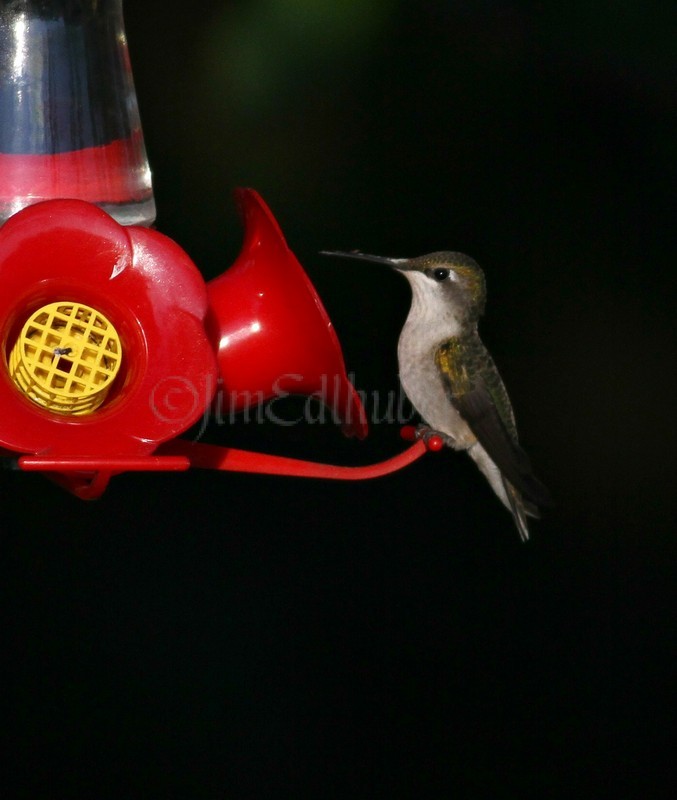
Ruby-throated Hummingbird, female?
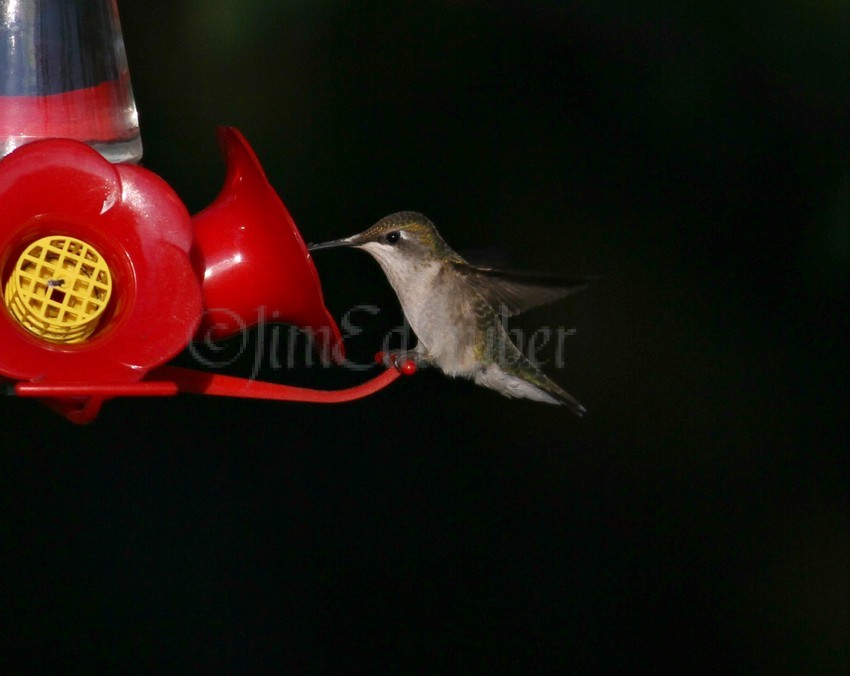
Ruby-throated Hummingbird, female?

Ruby-throated Hummingbird, female?
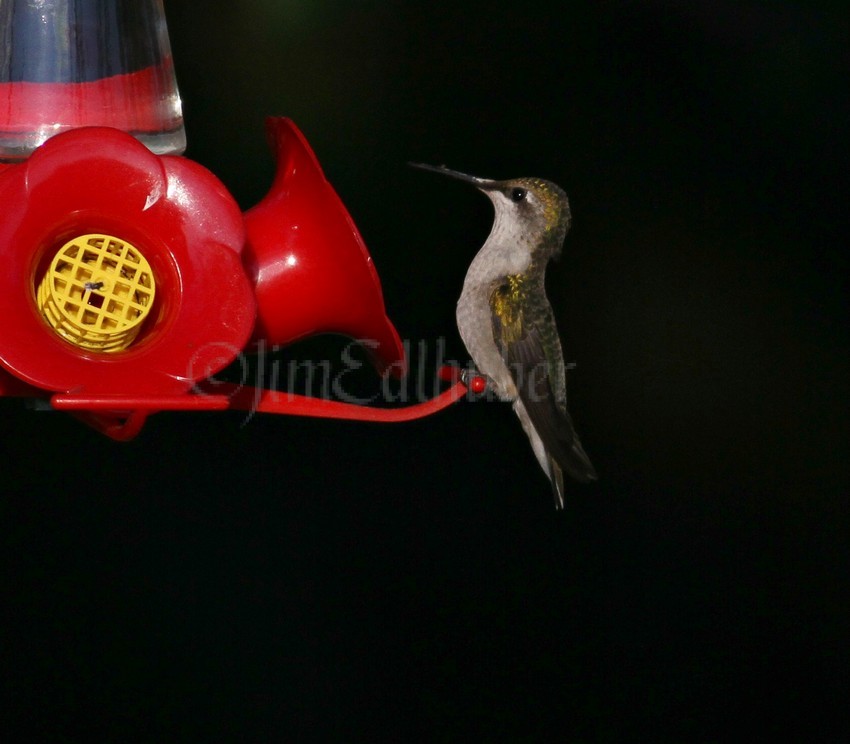
Ruby-throated Hummingbird, female?
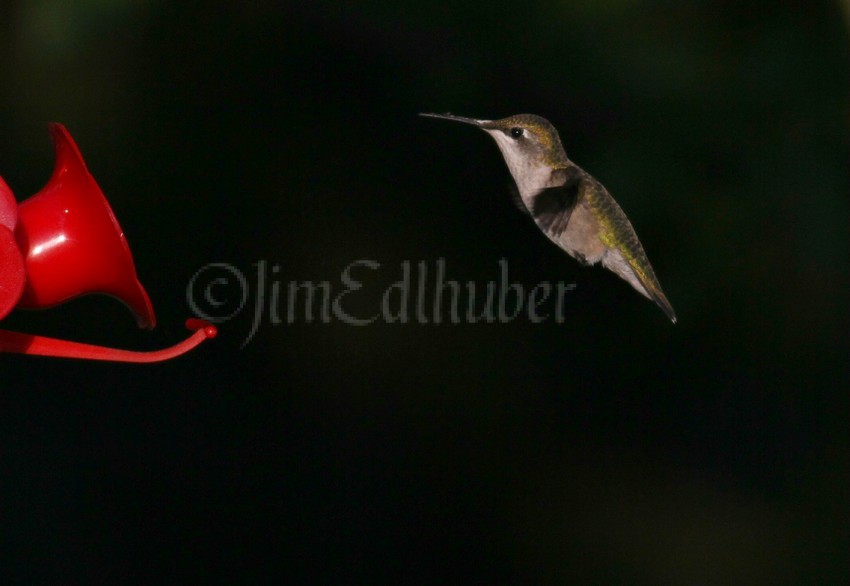
Ruby-throated Hummingbird, female?

Ruby-throated Hummingbird, female?

Ruby-throated Hummingbird, female?

Ruby-throated Hummingbird, female?
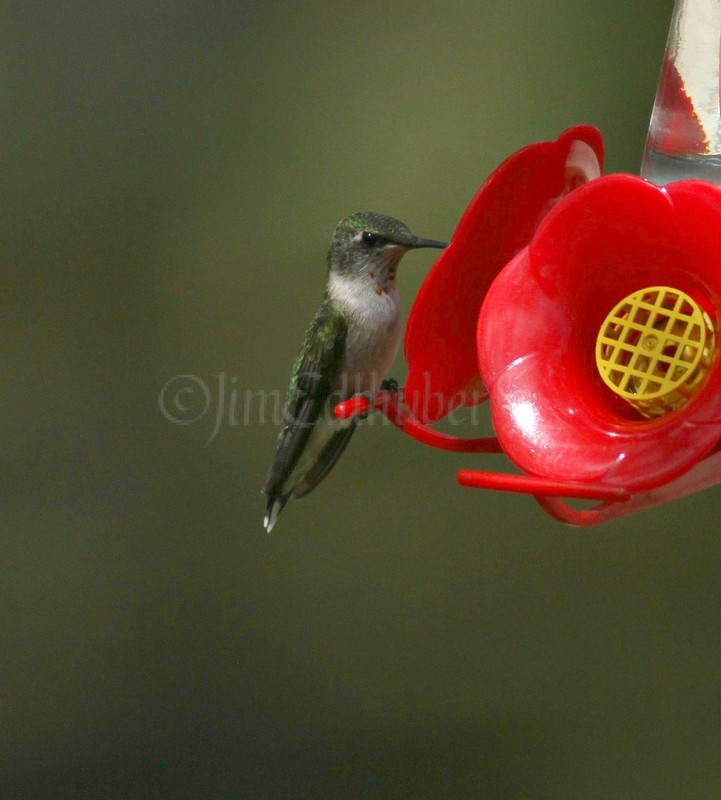
Ruby-throated Hummingbird, male subadult
